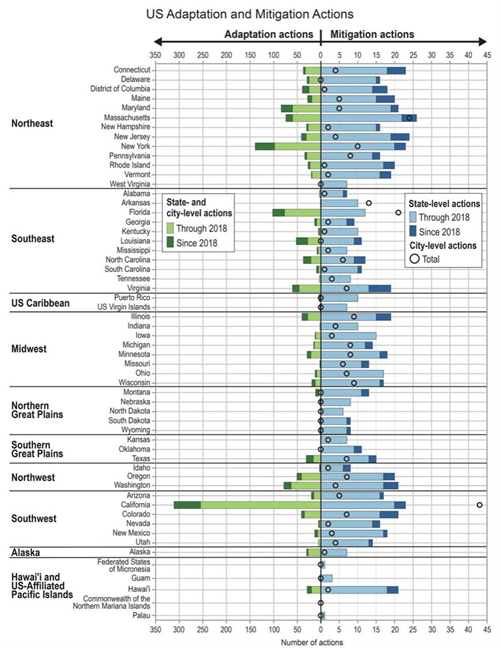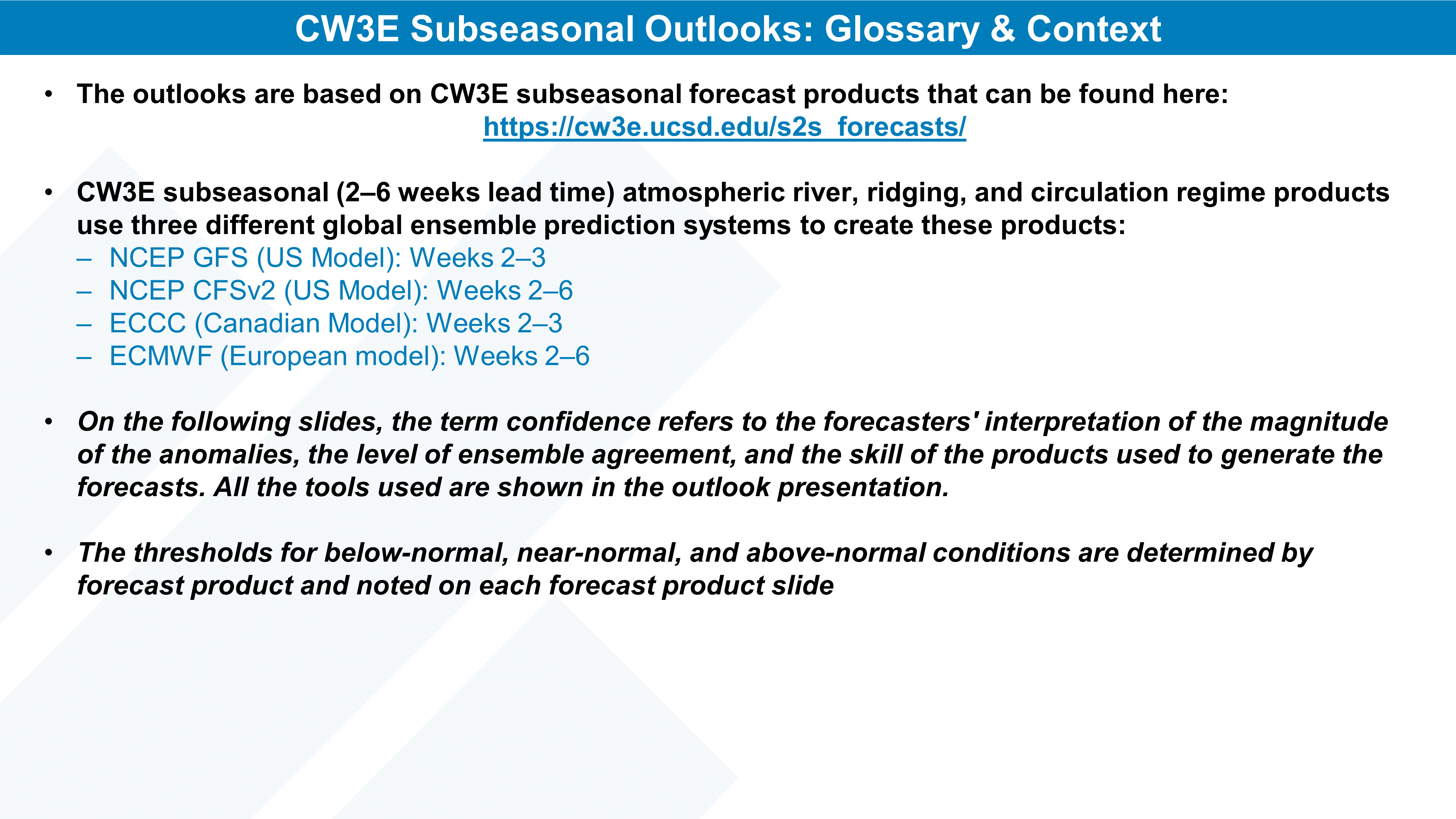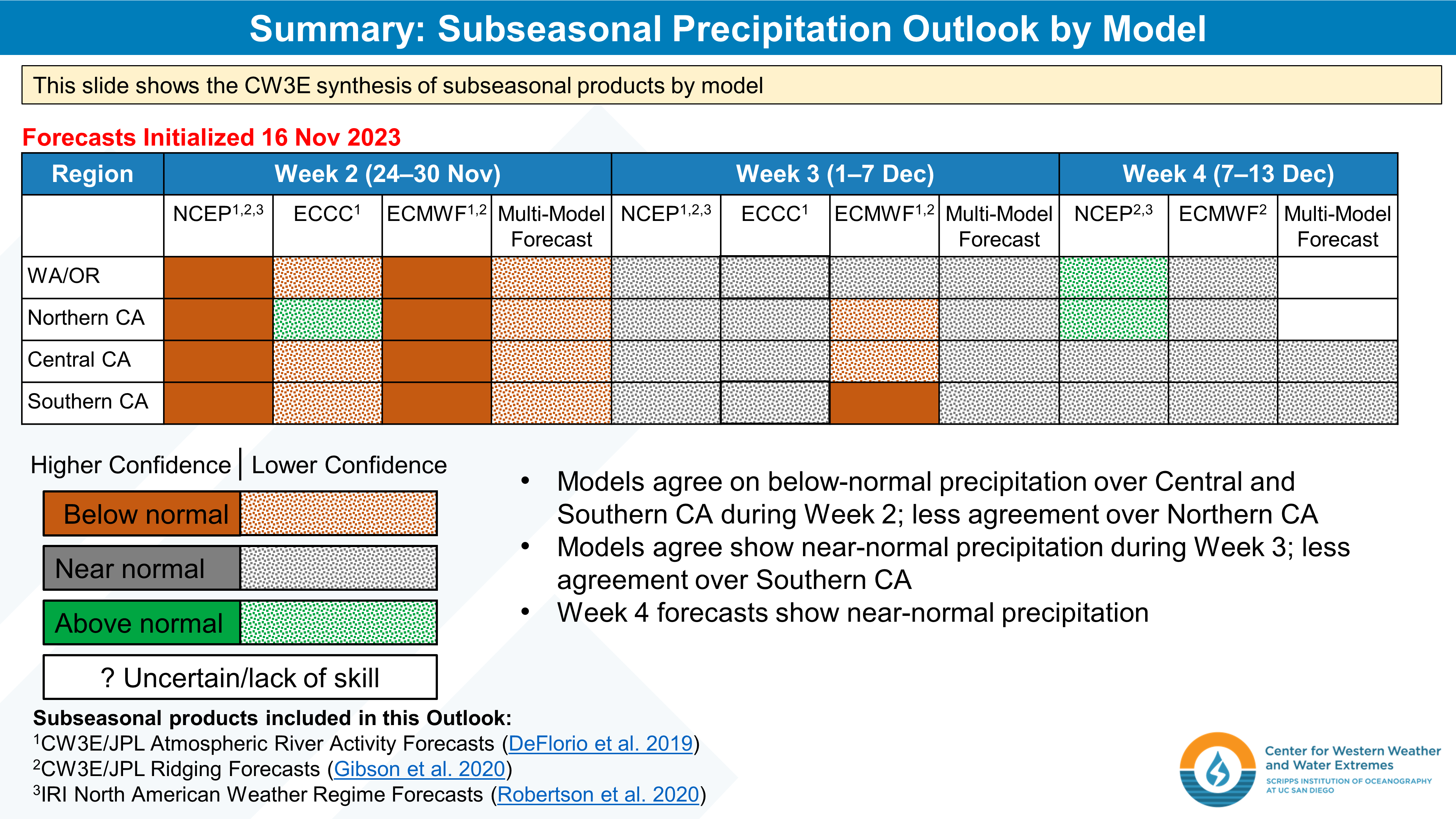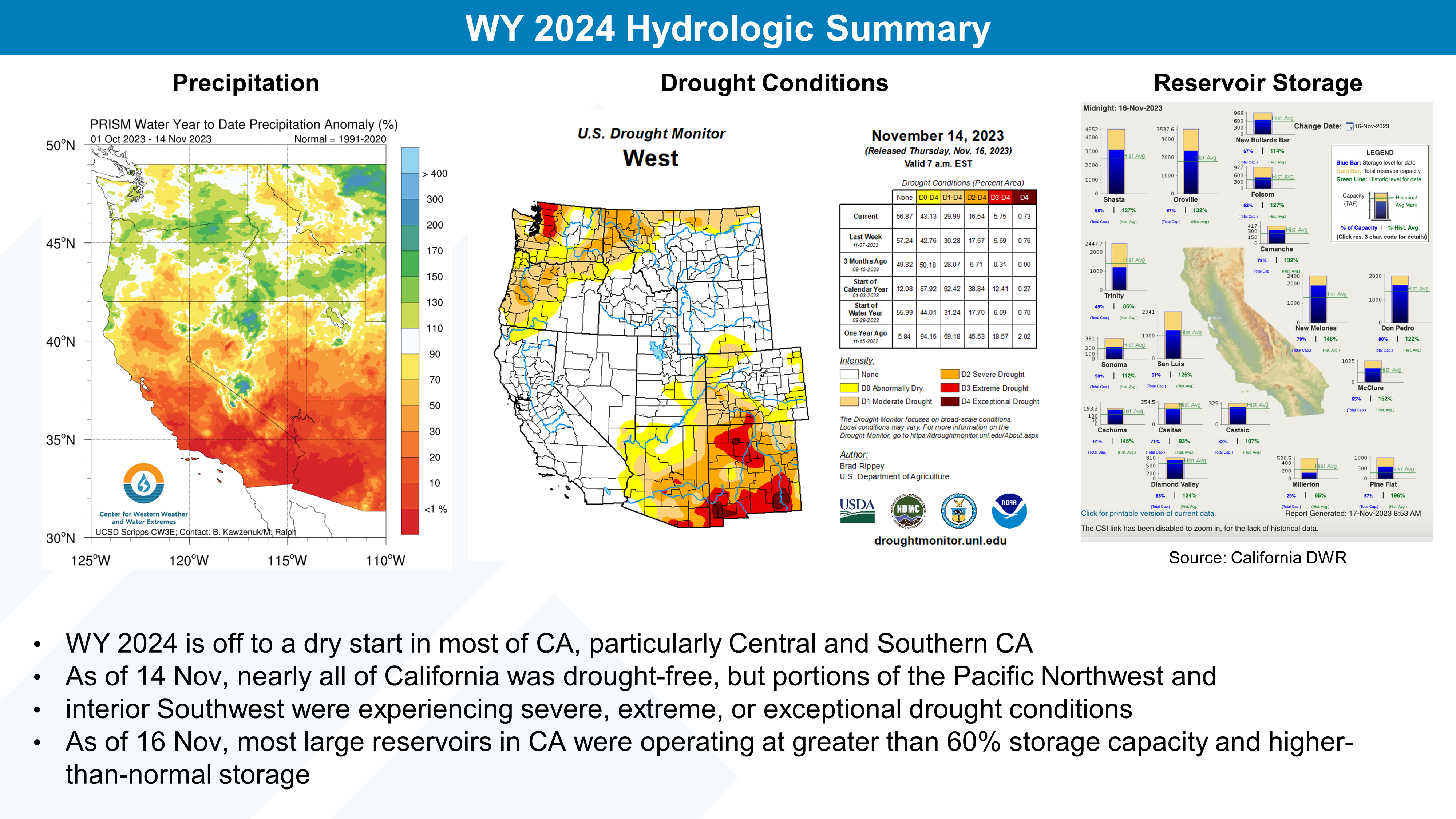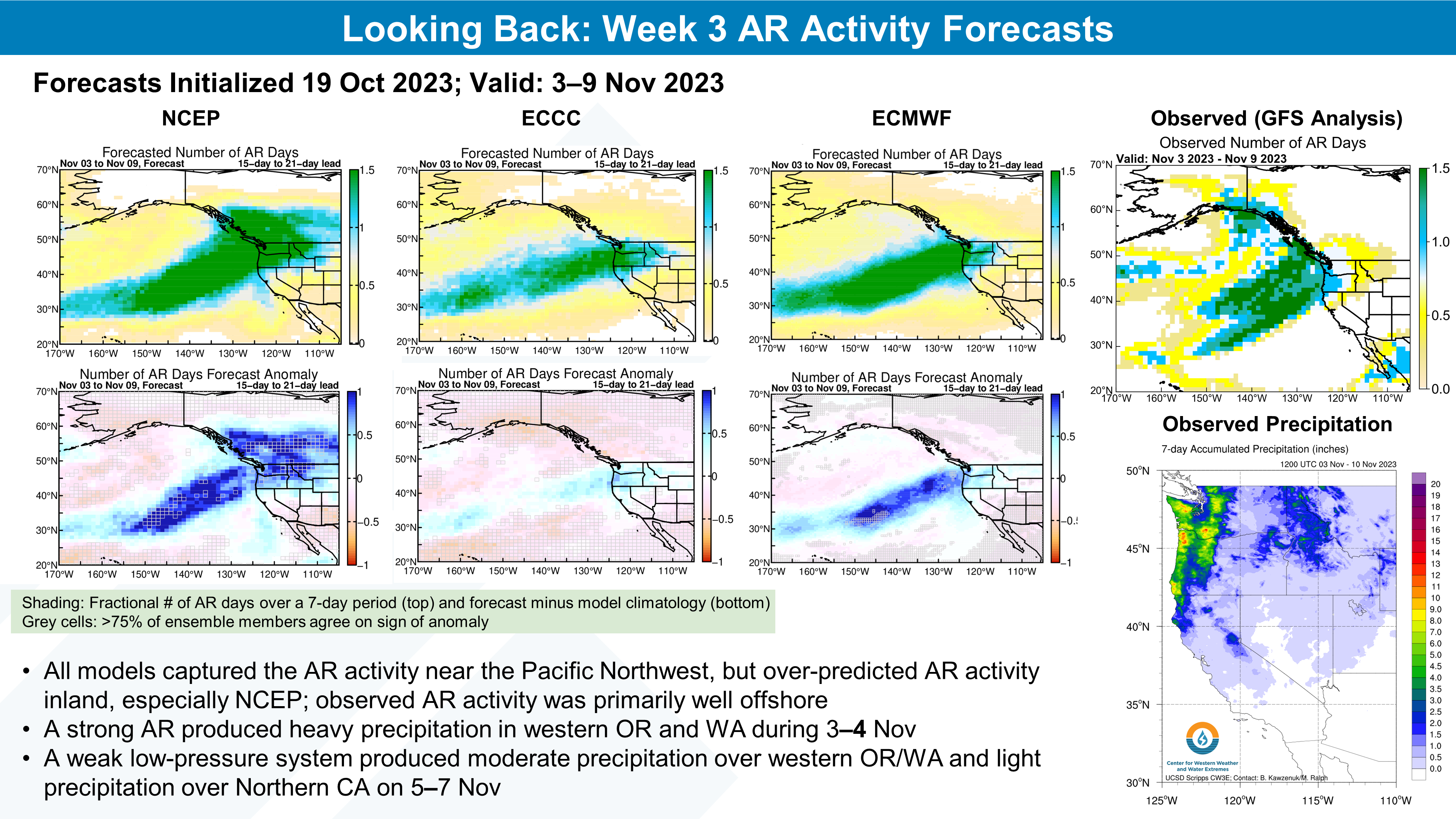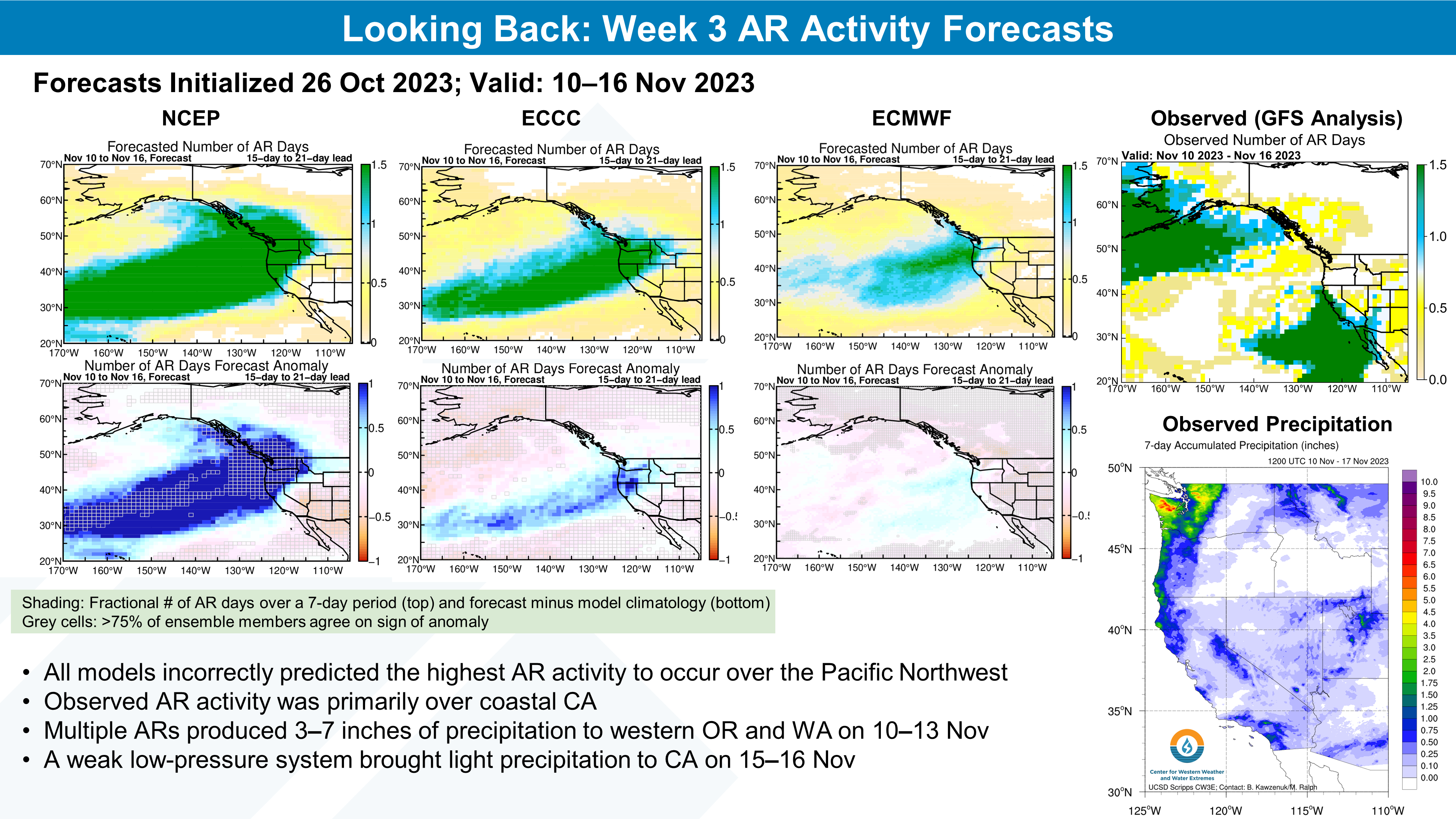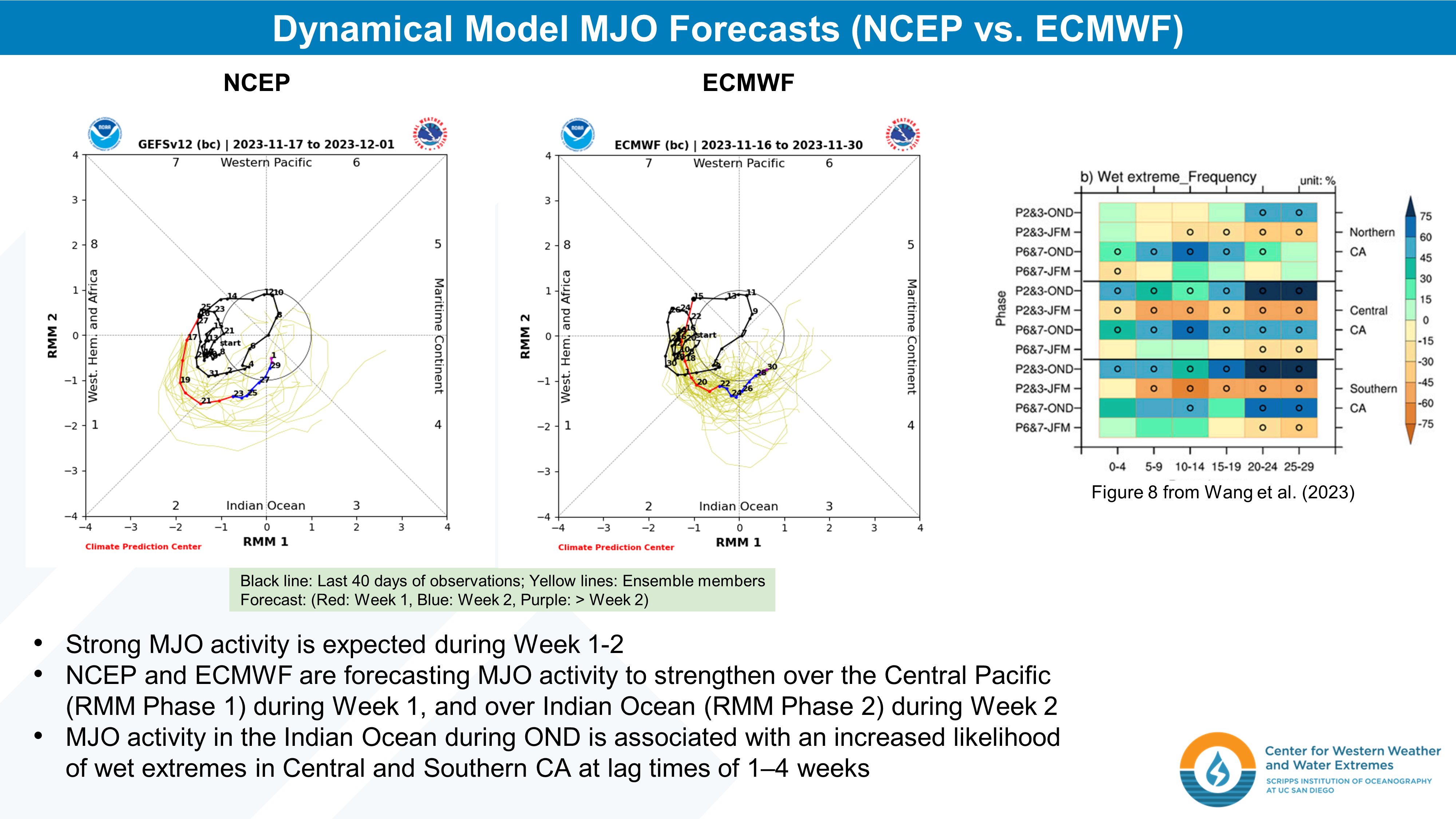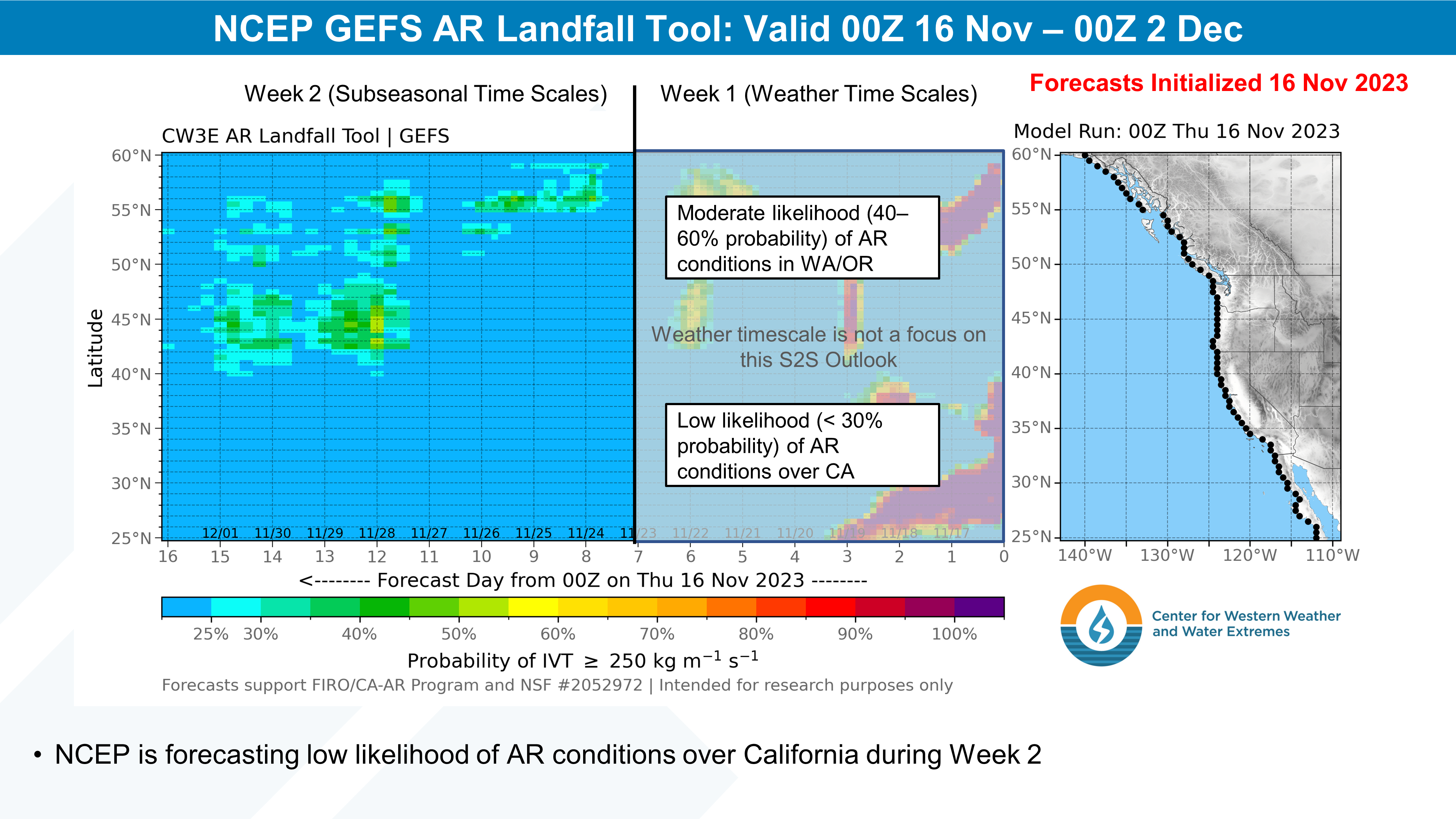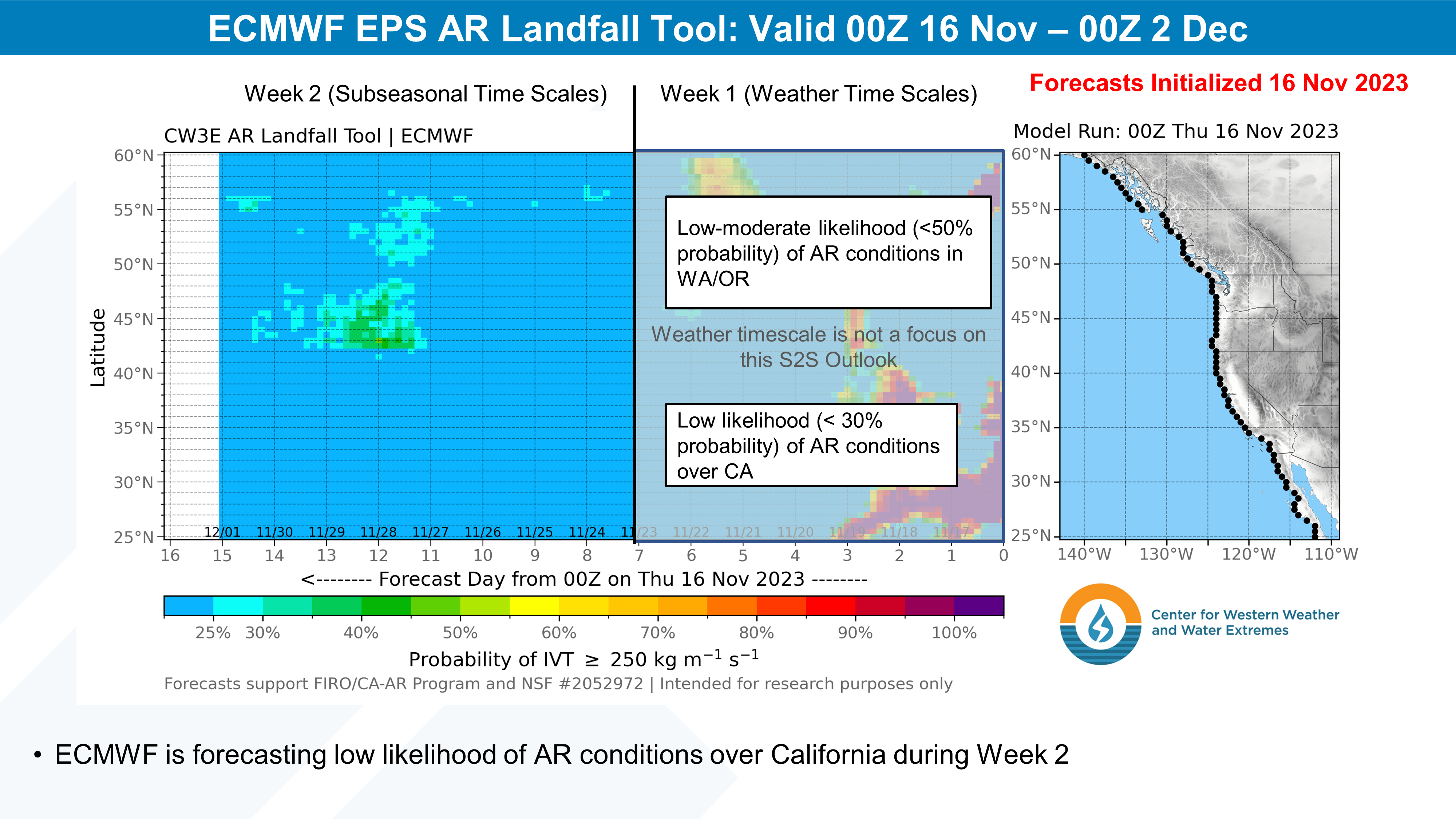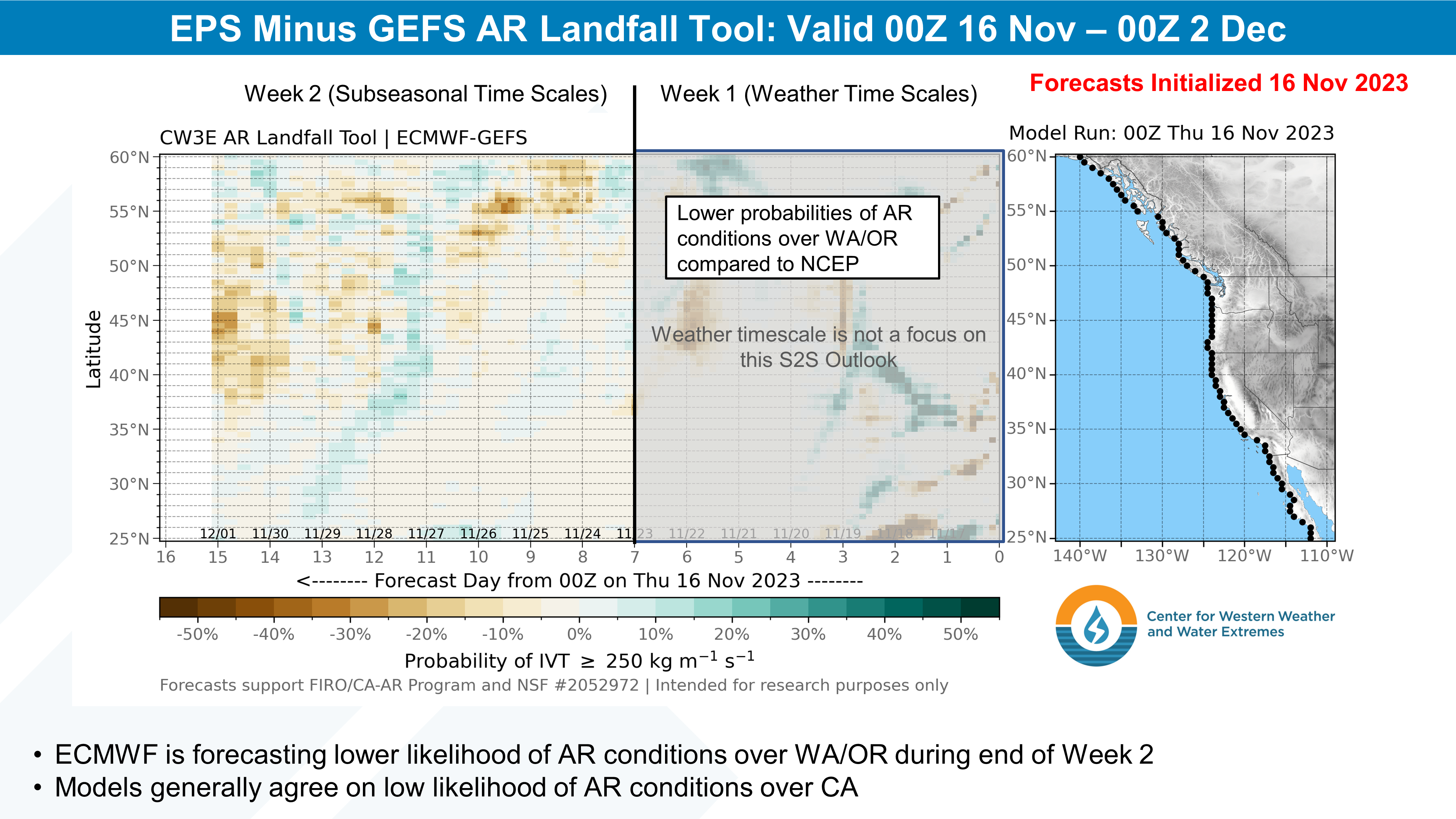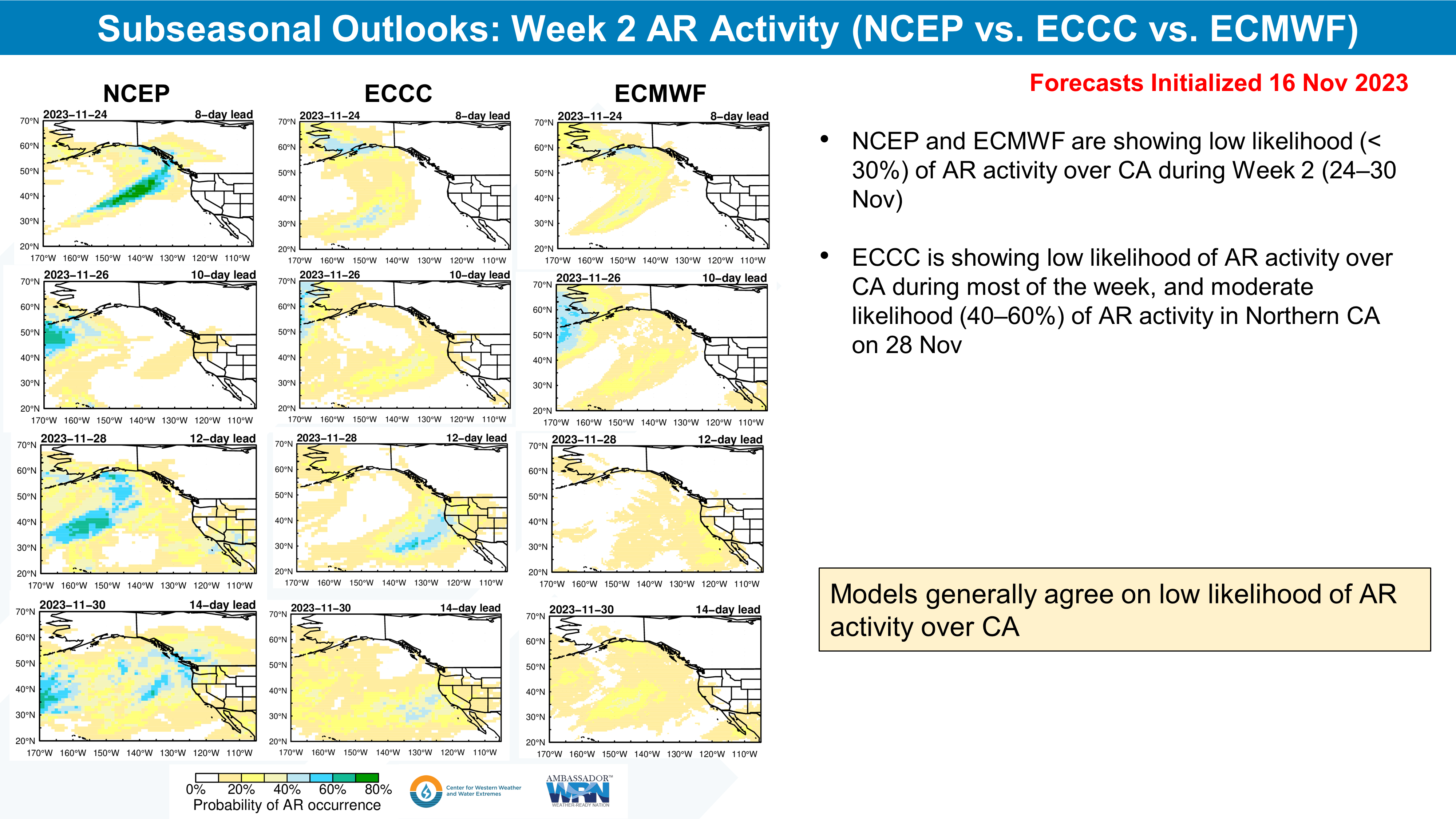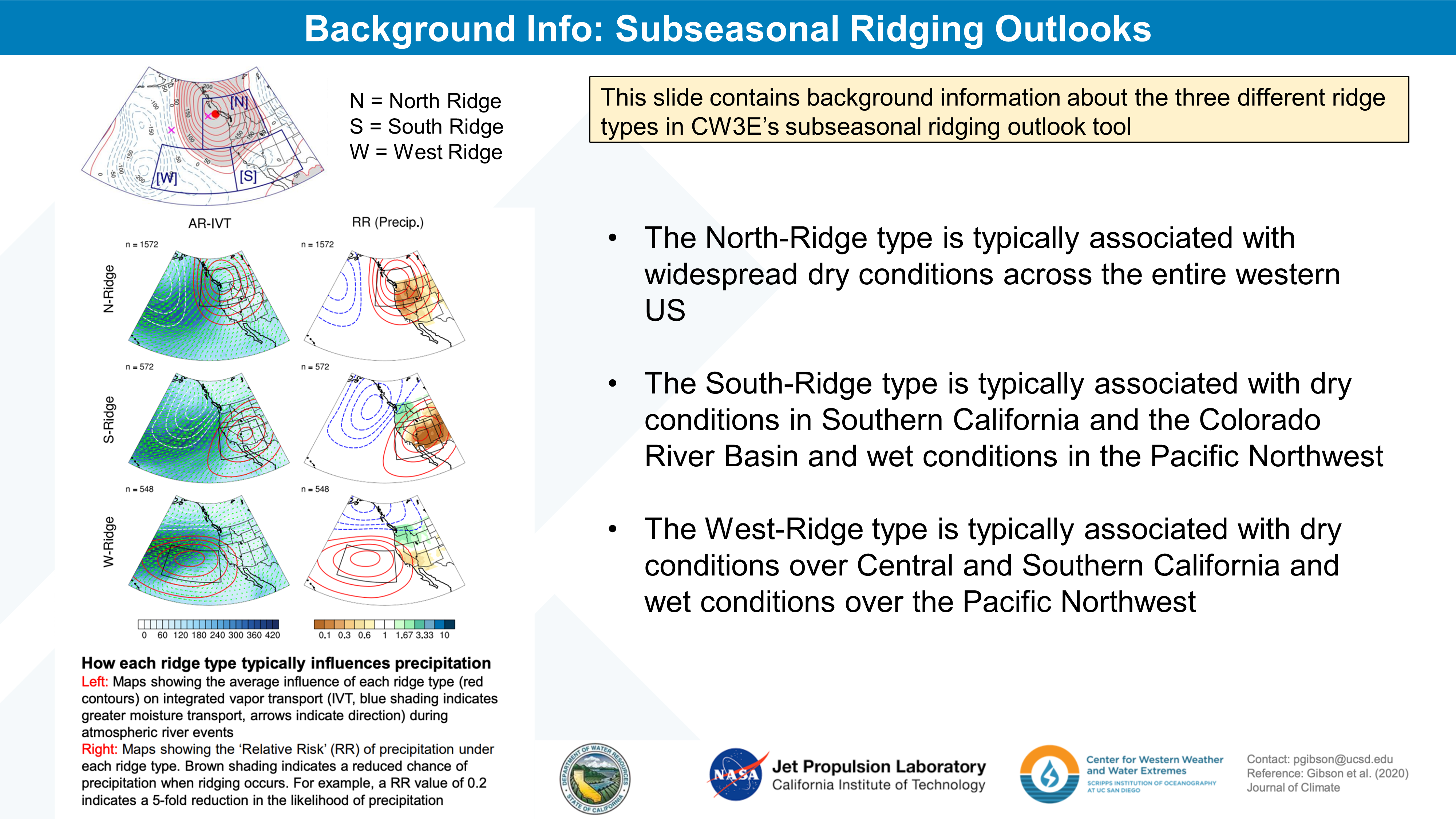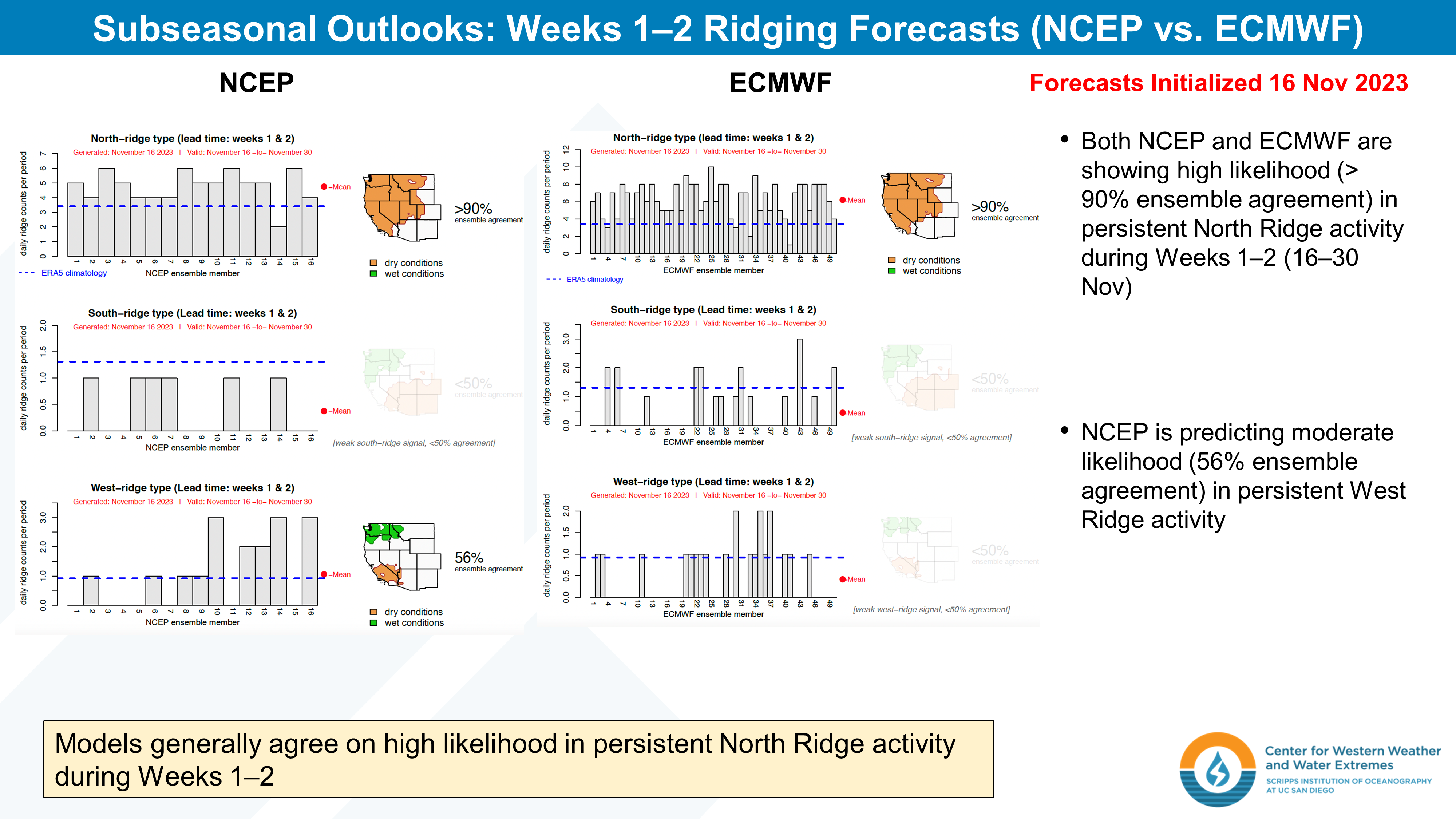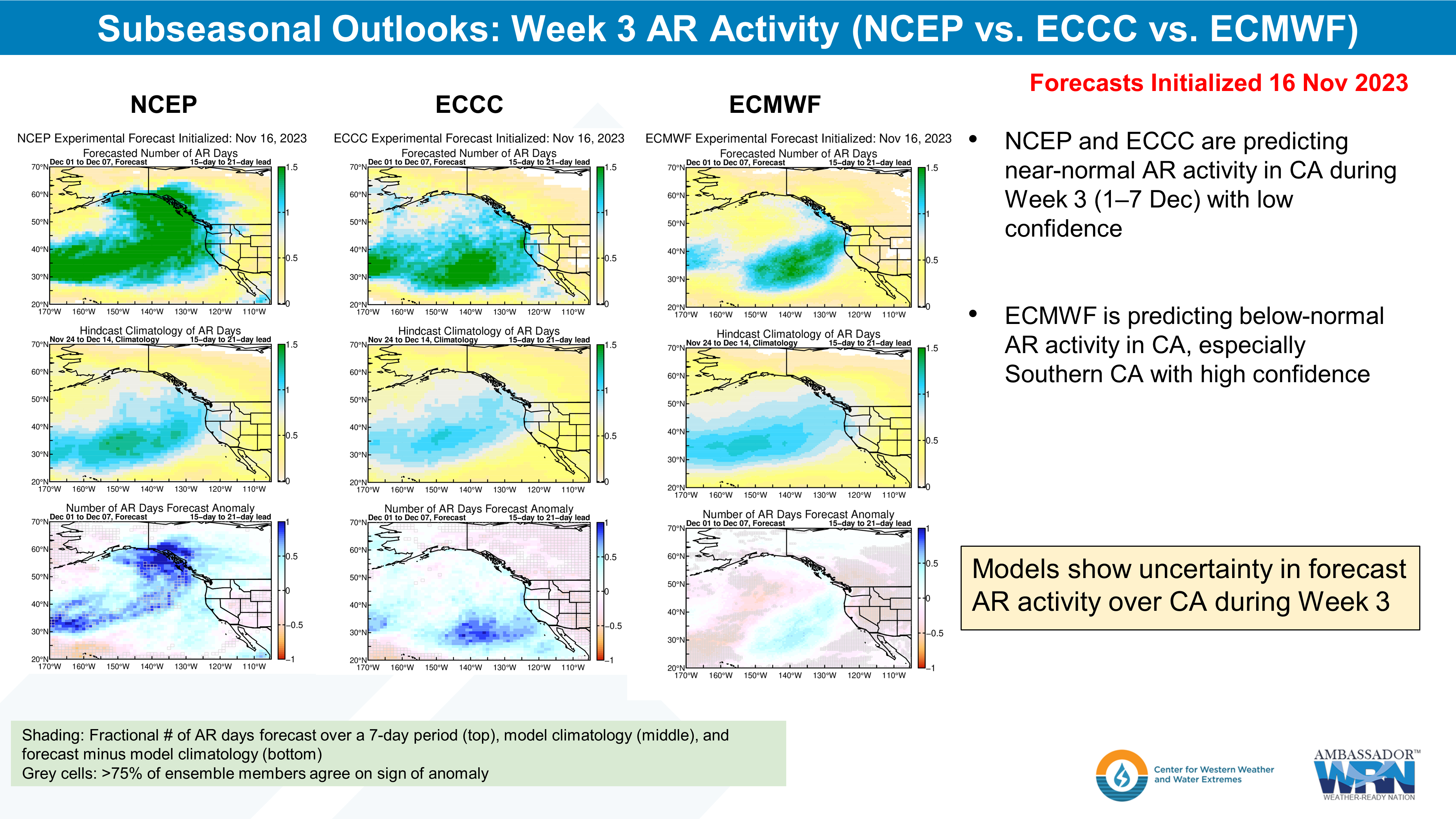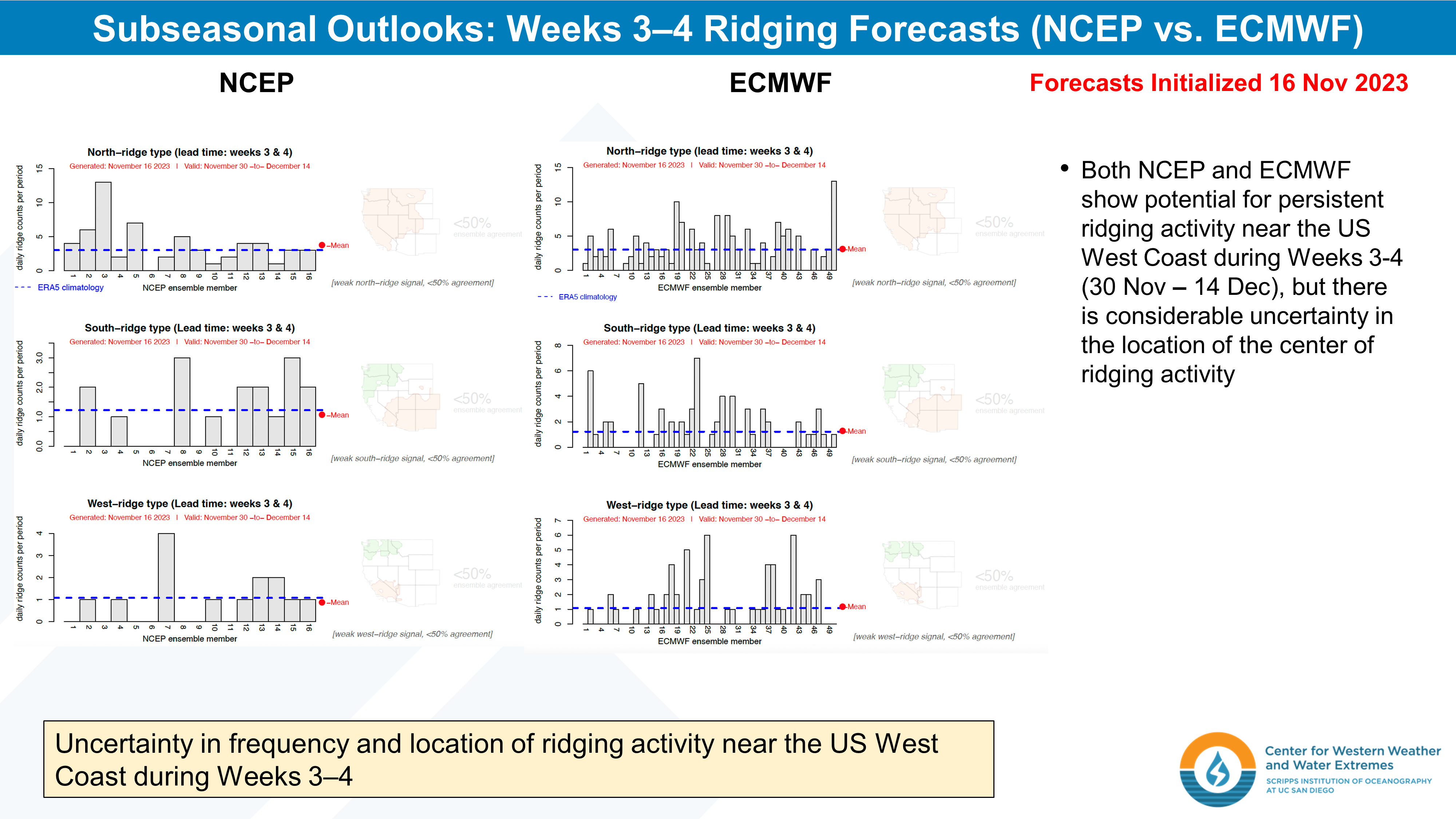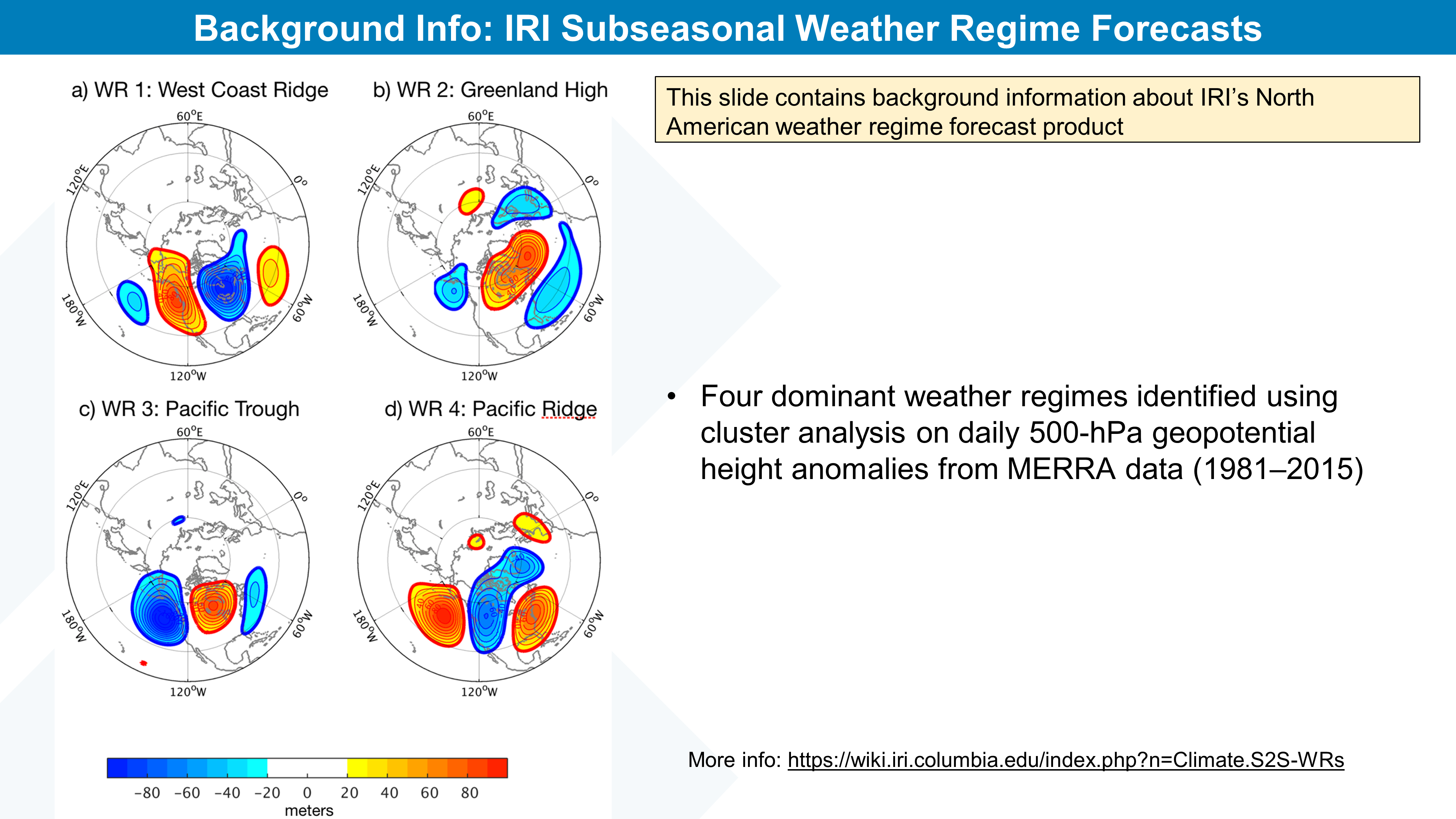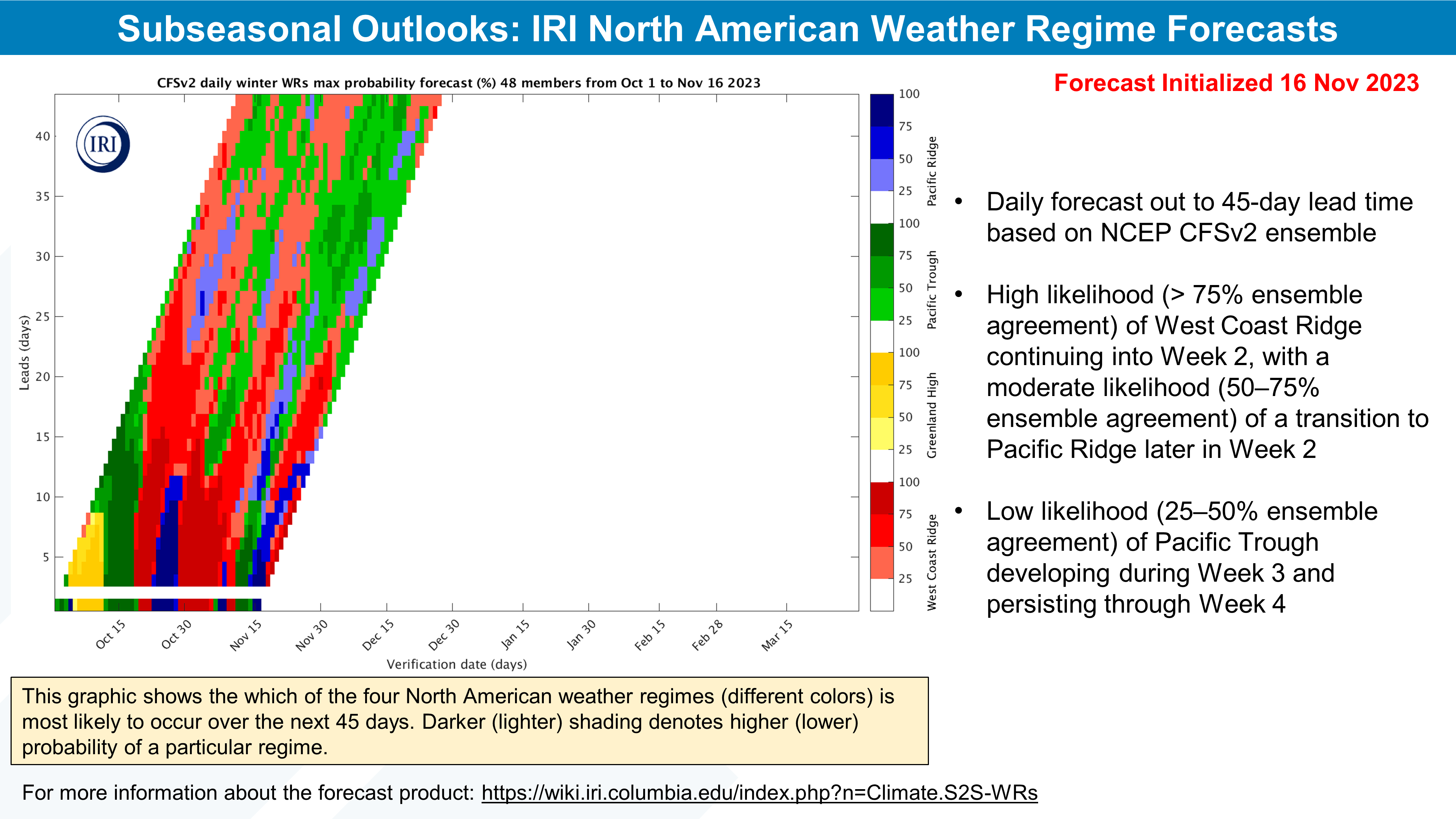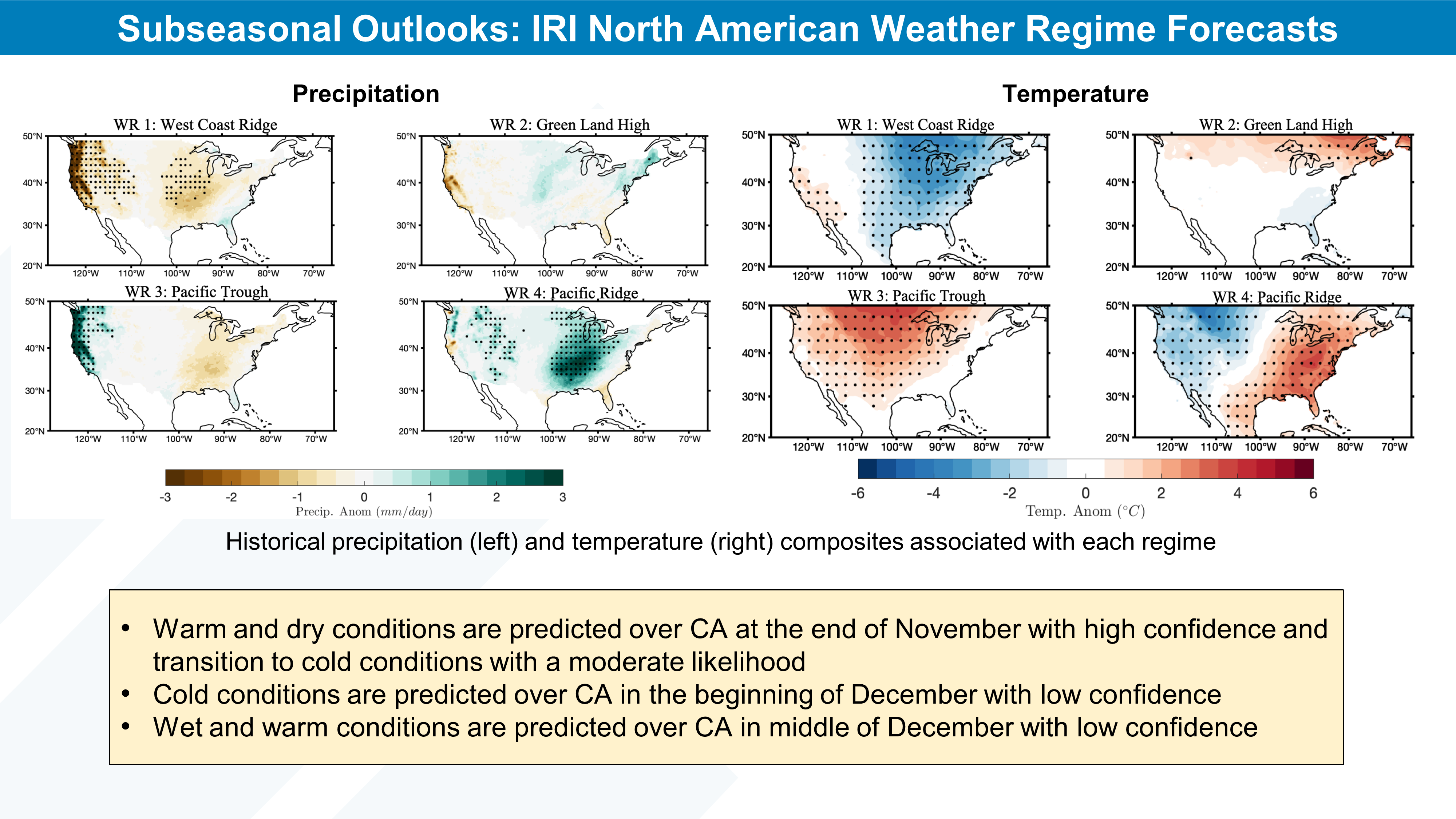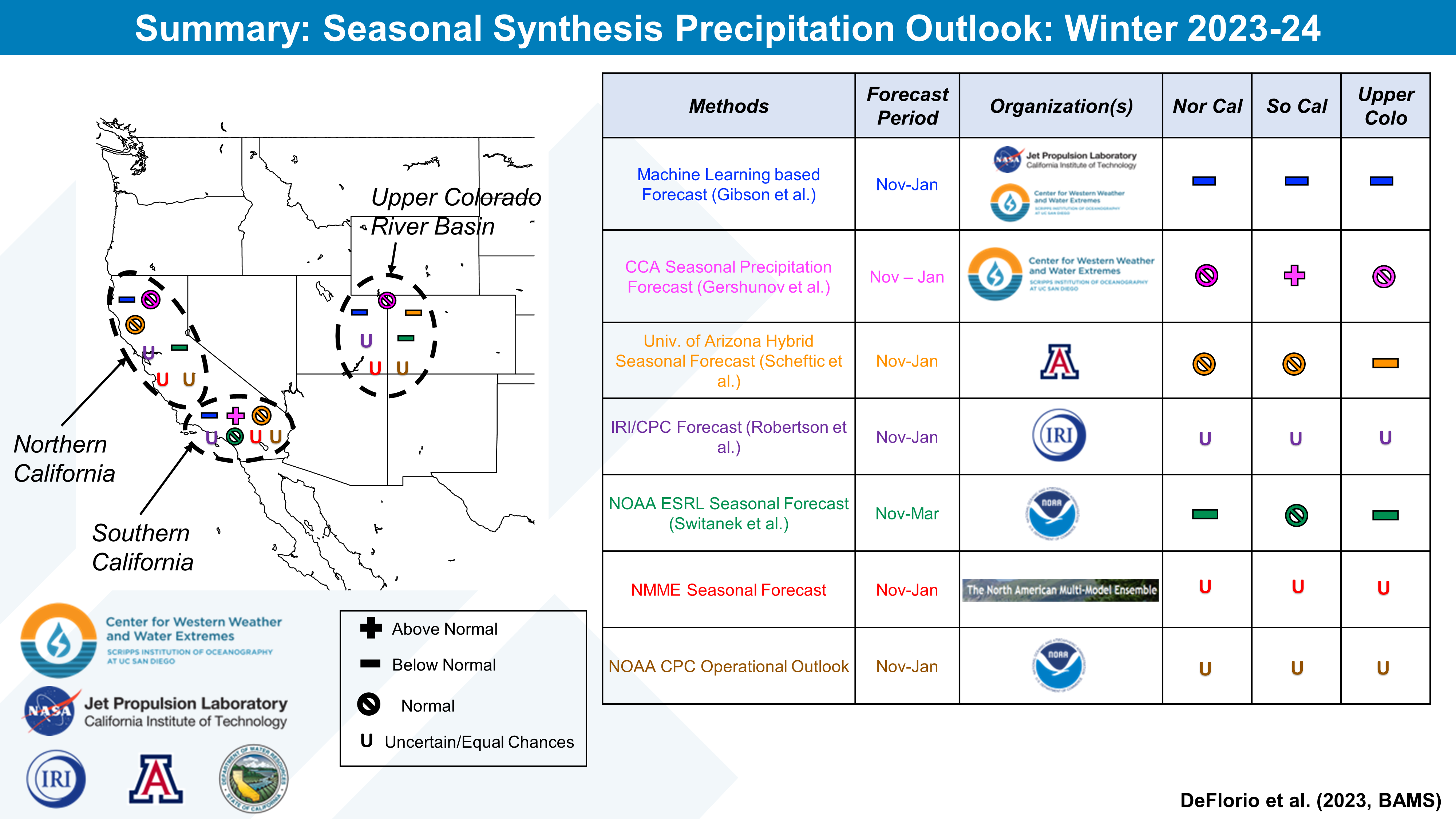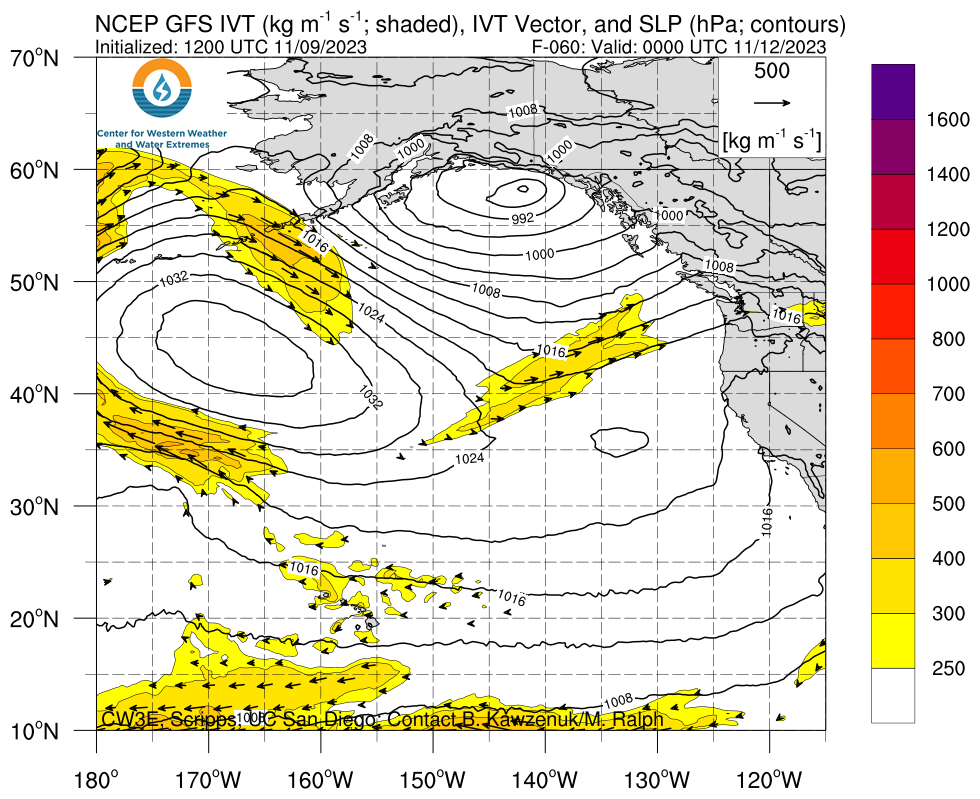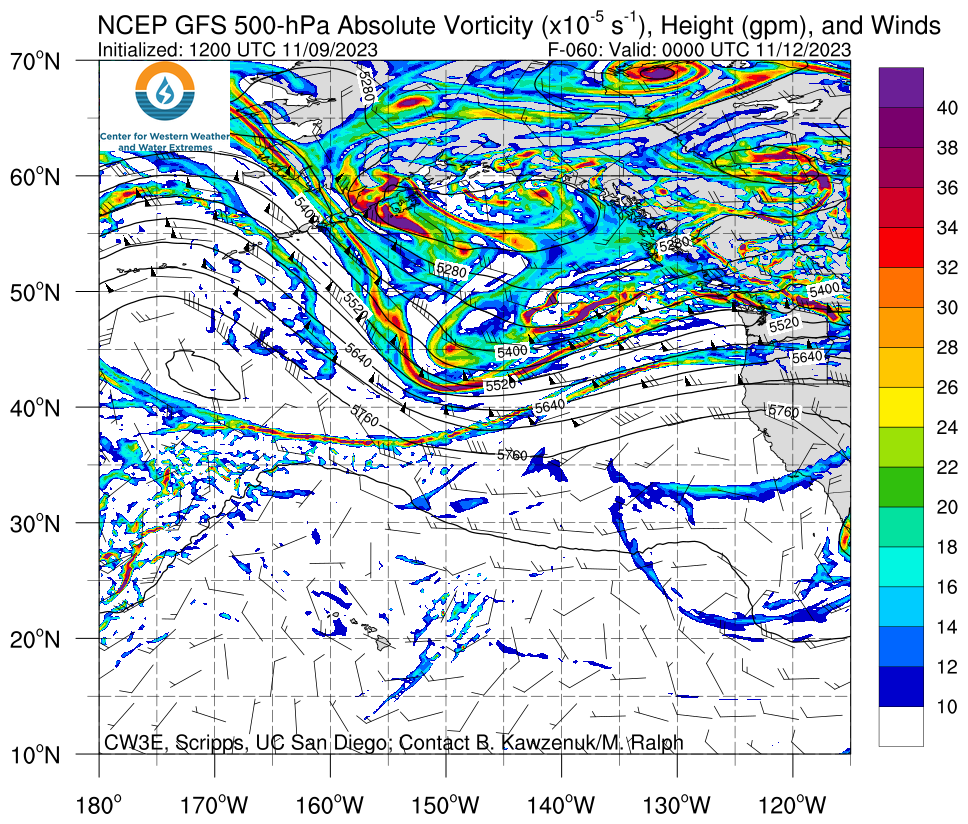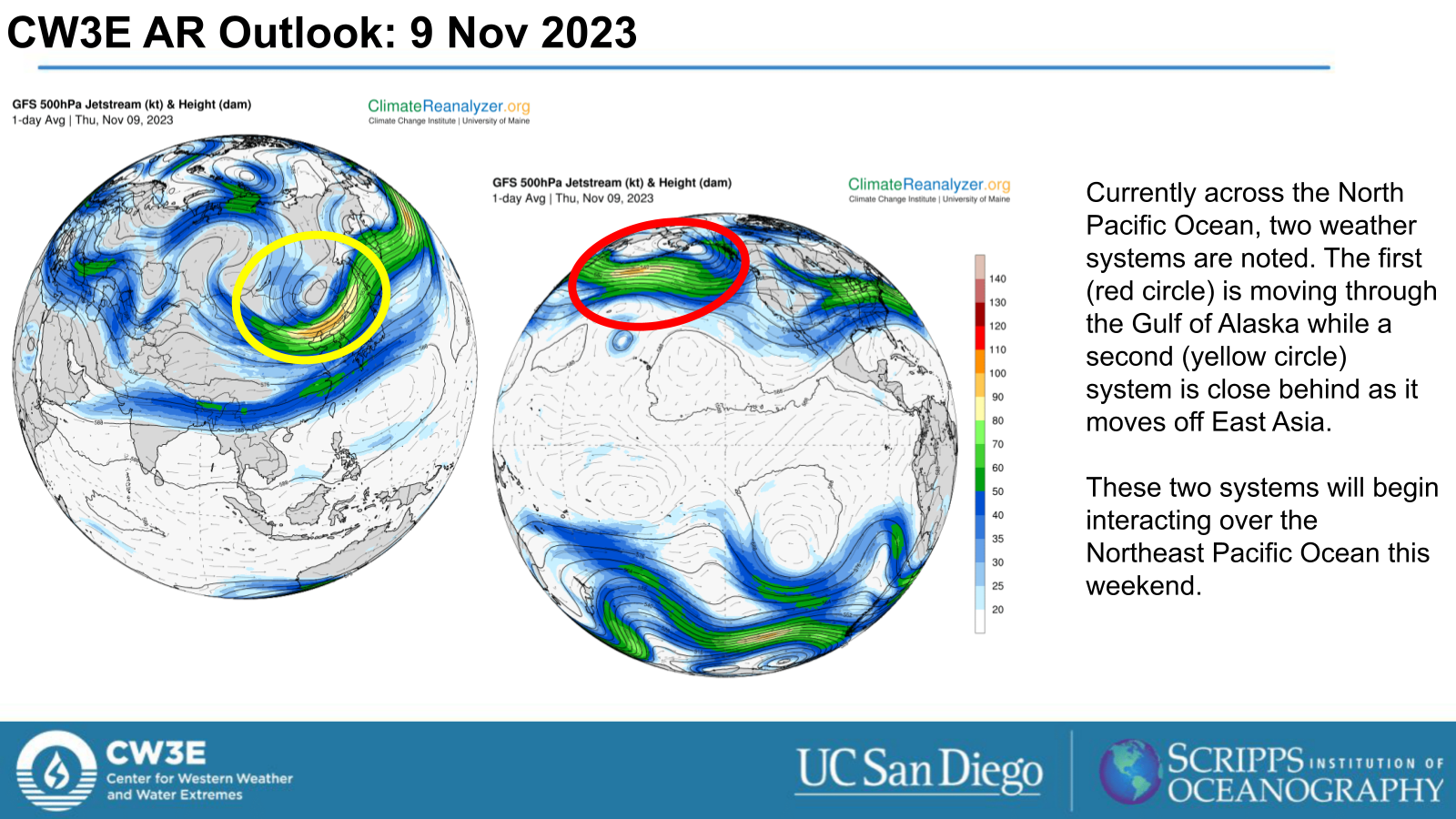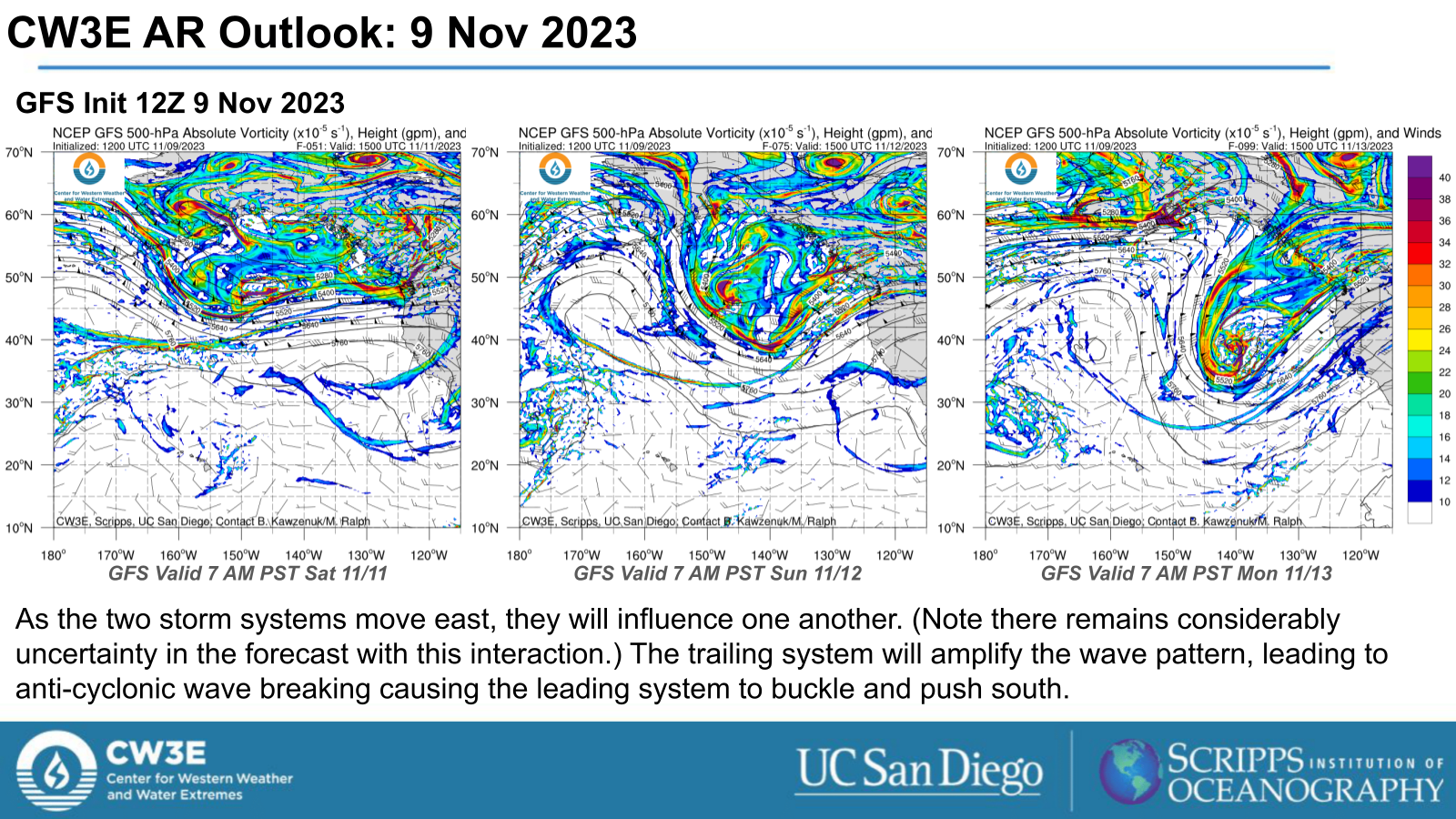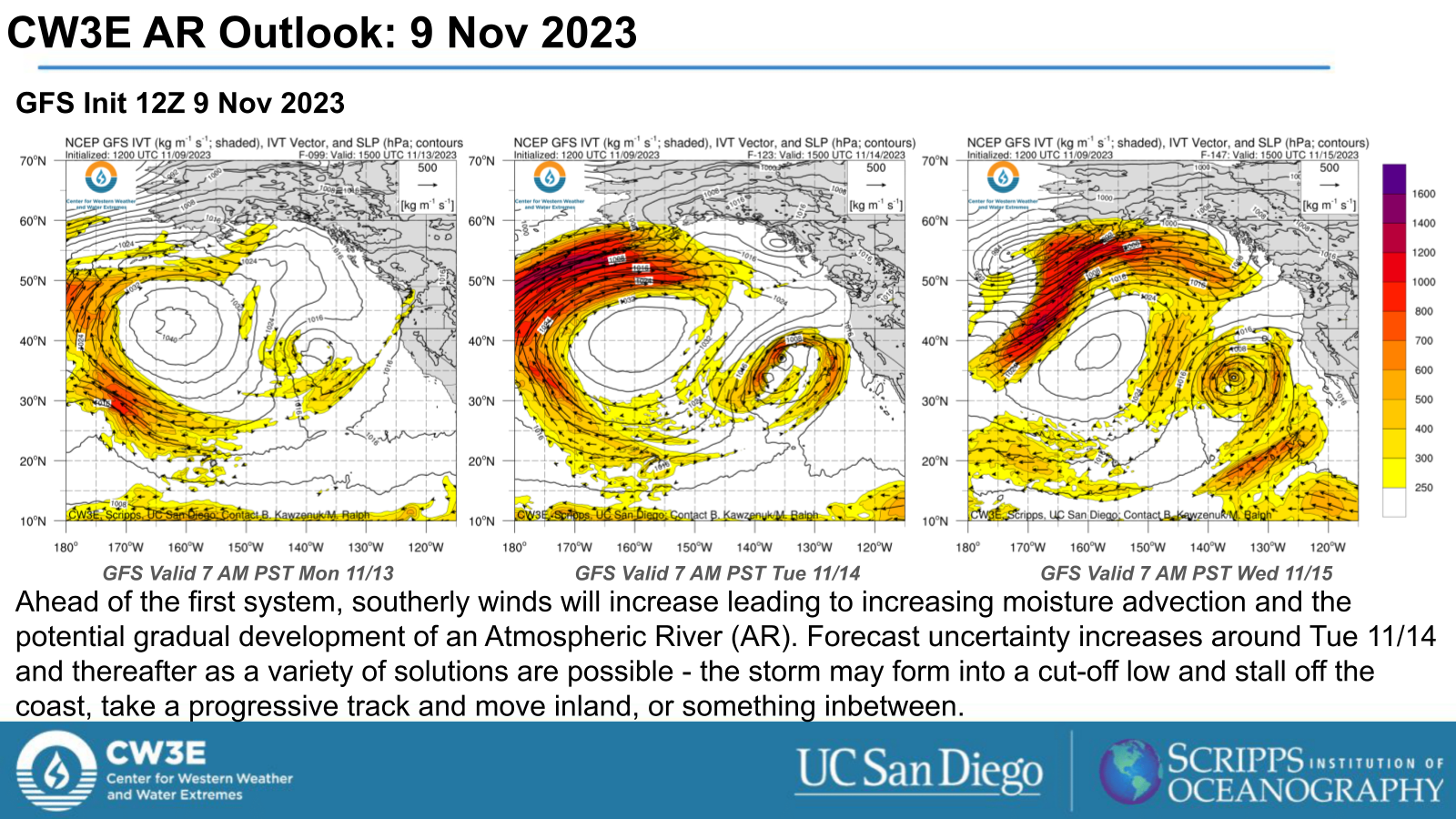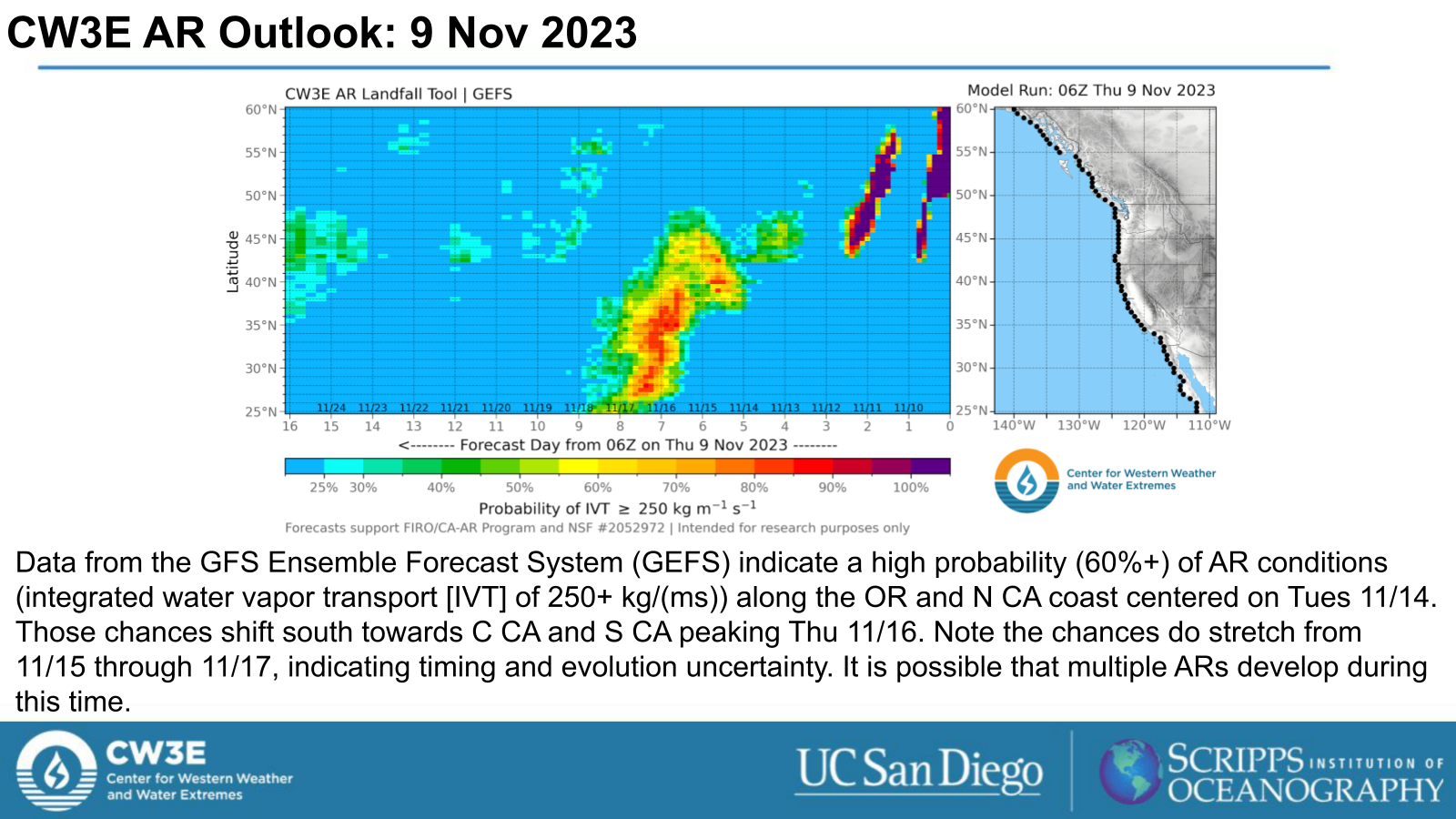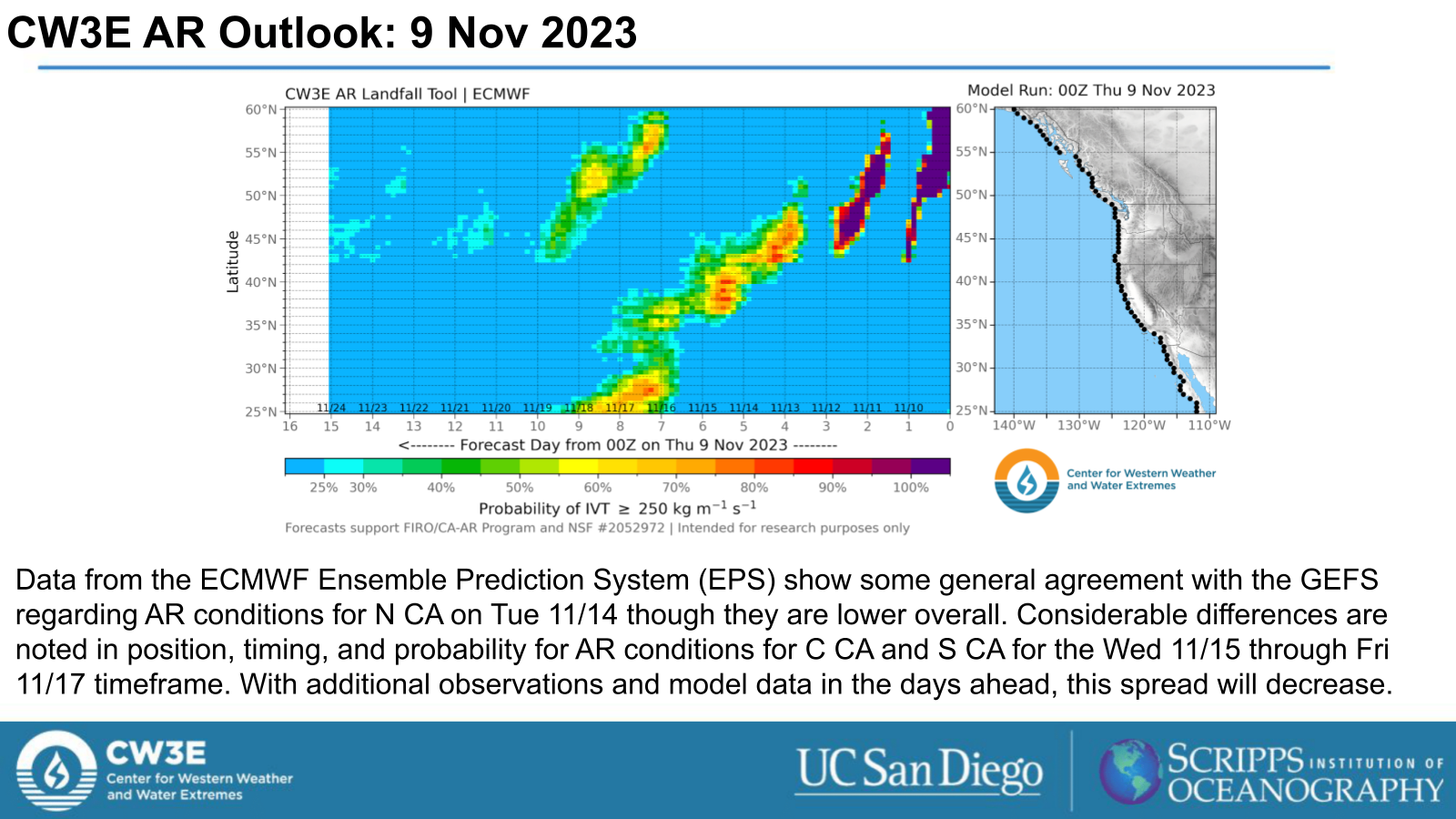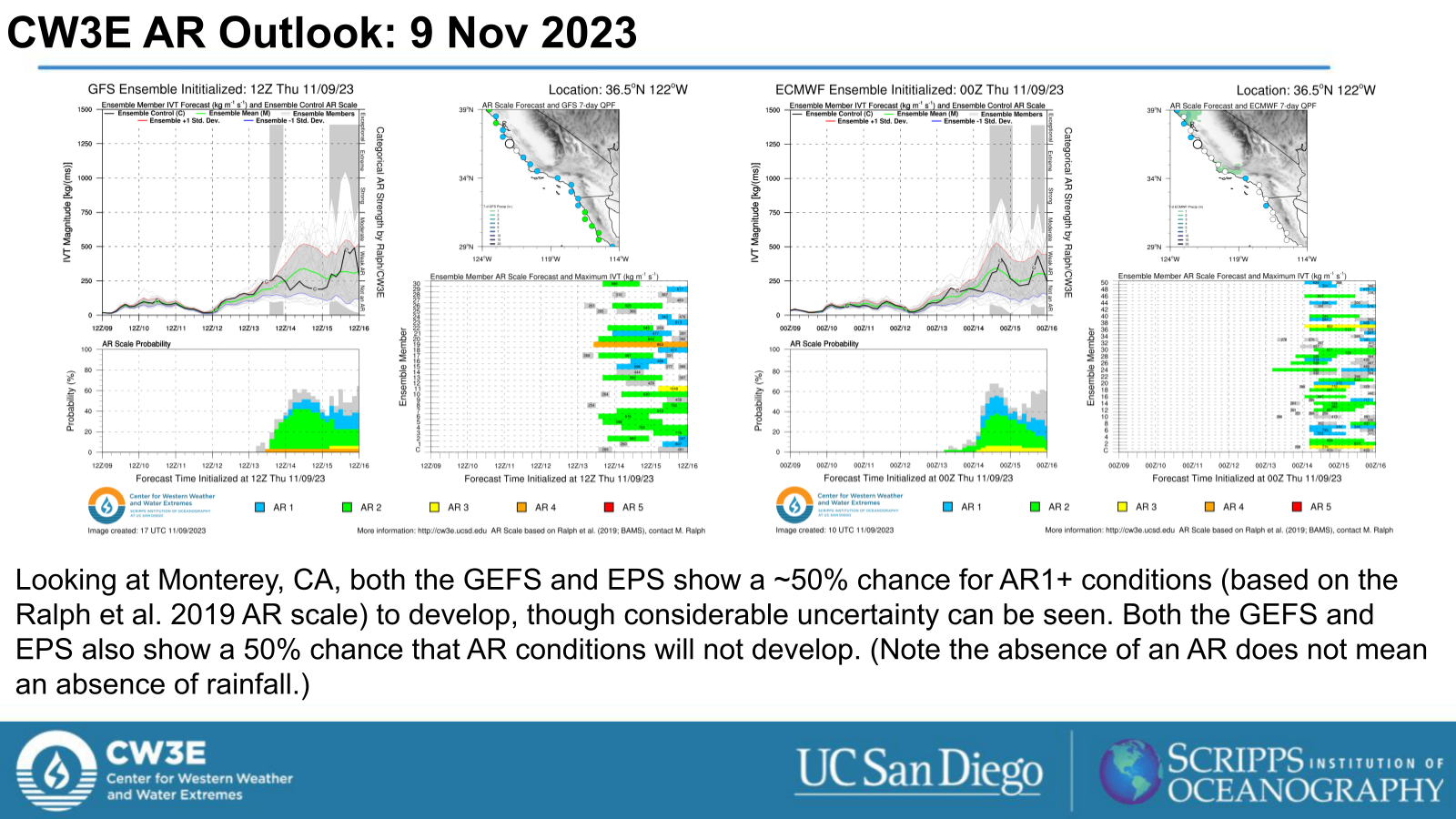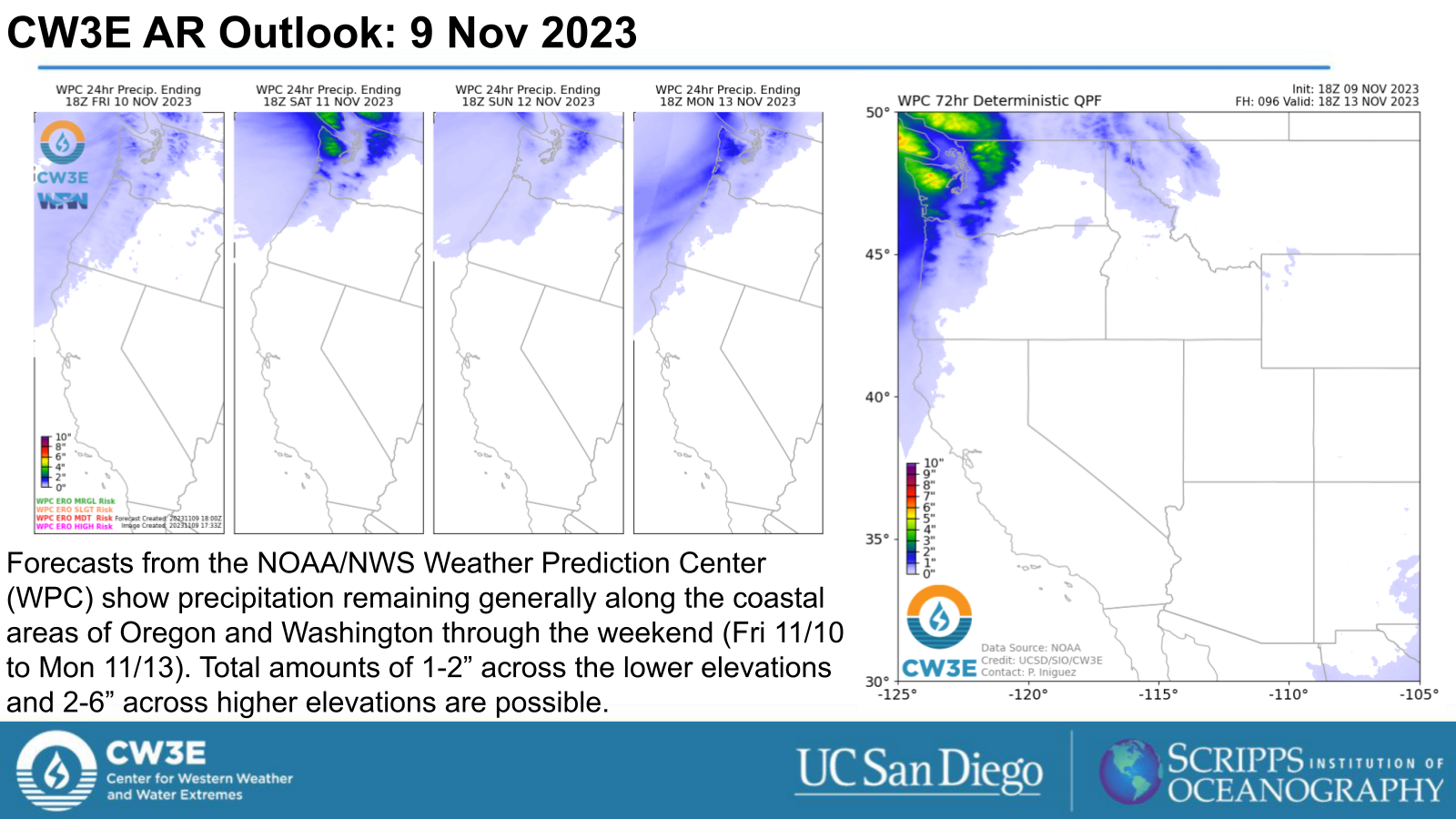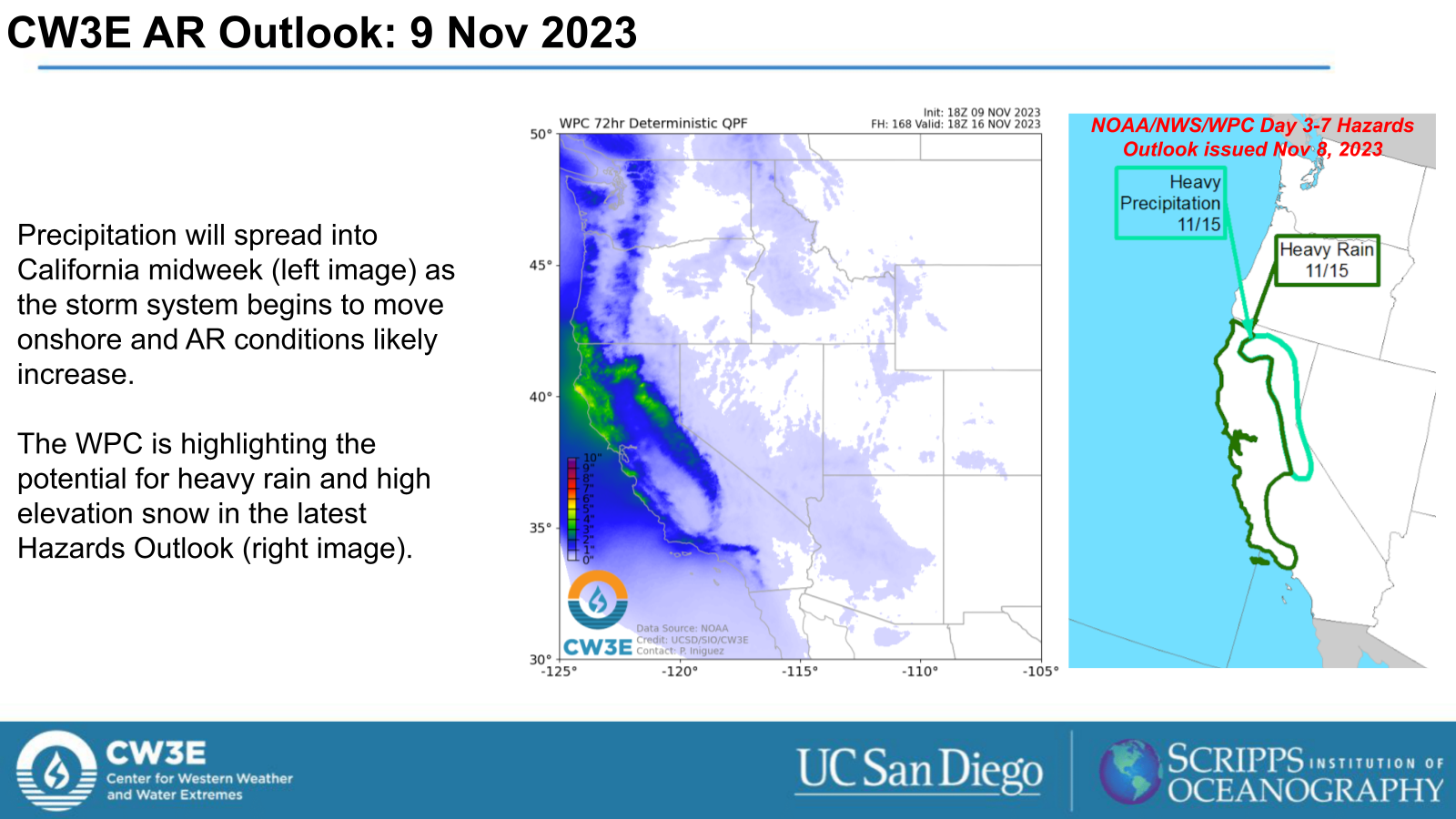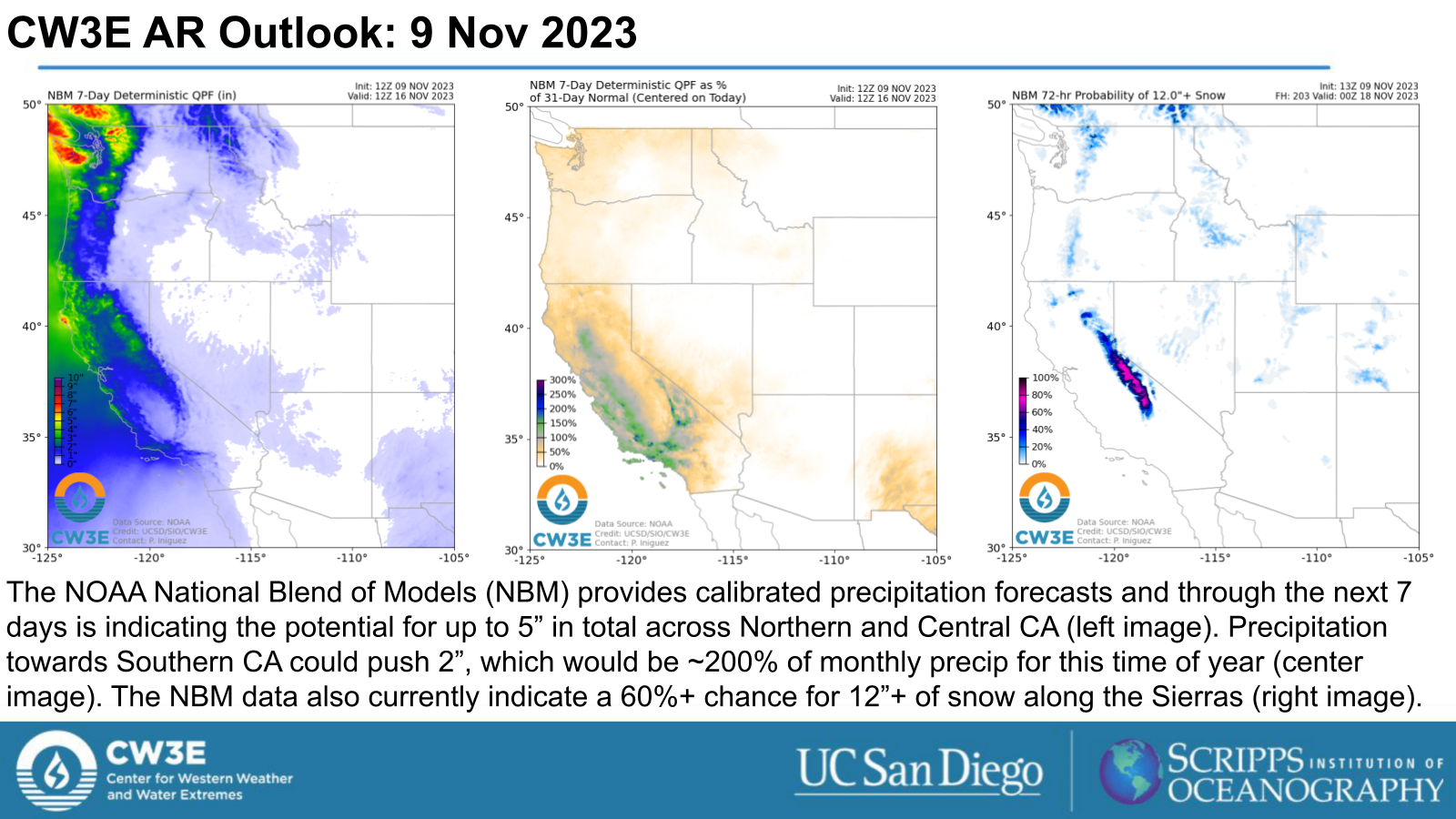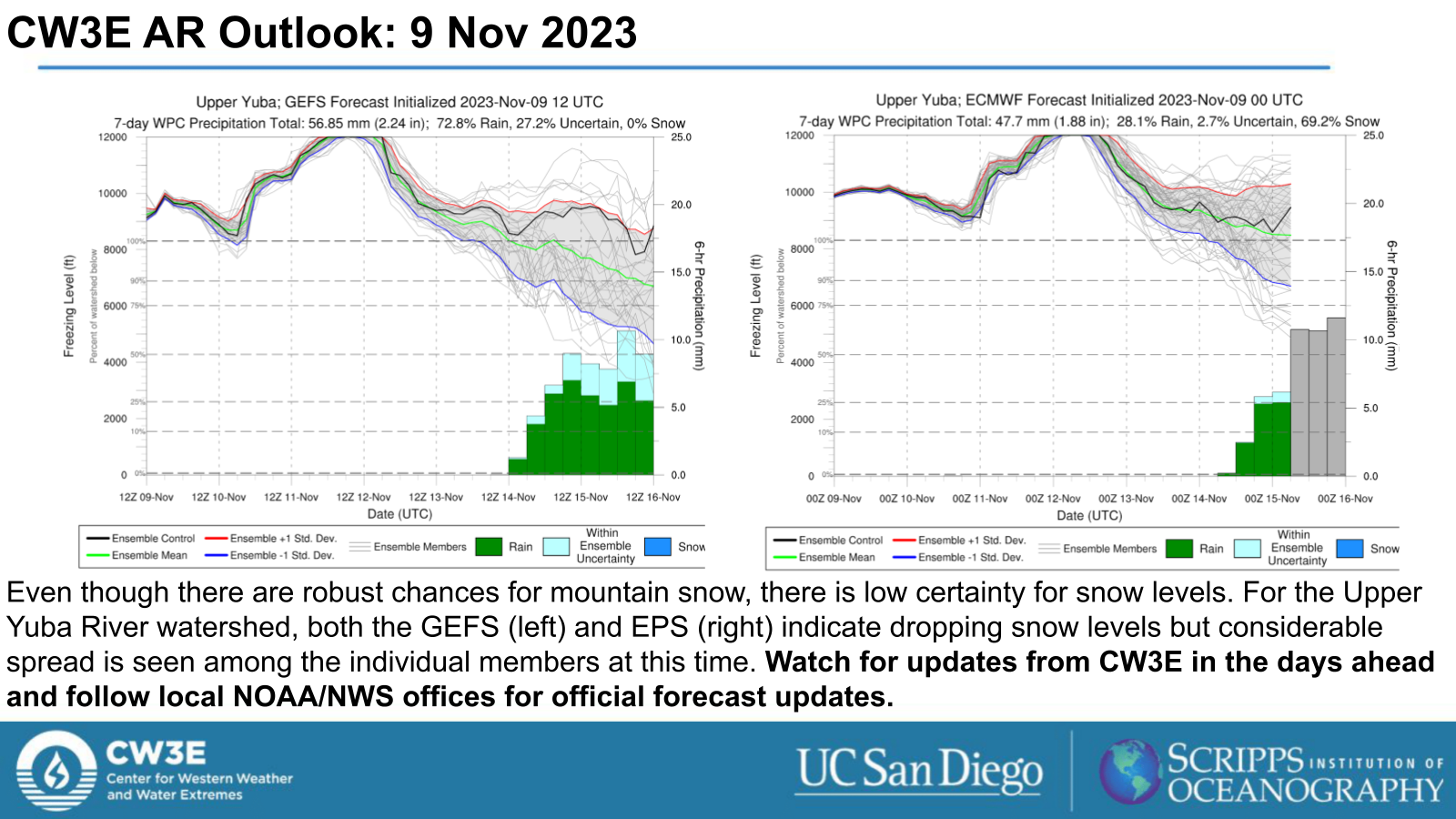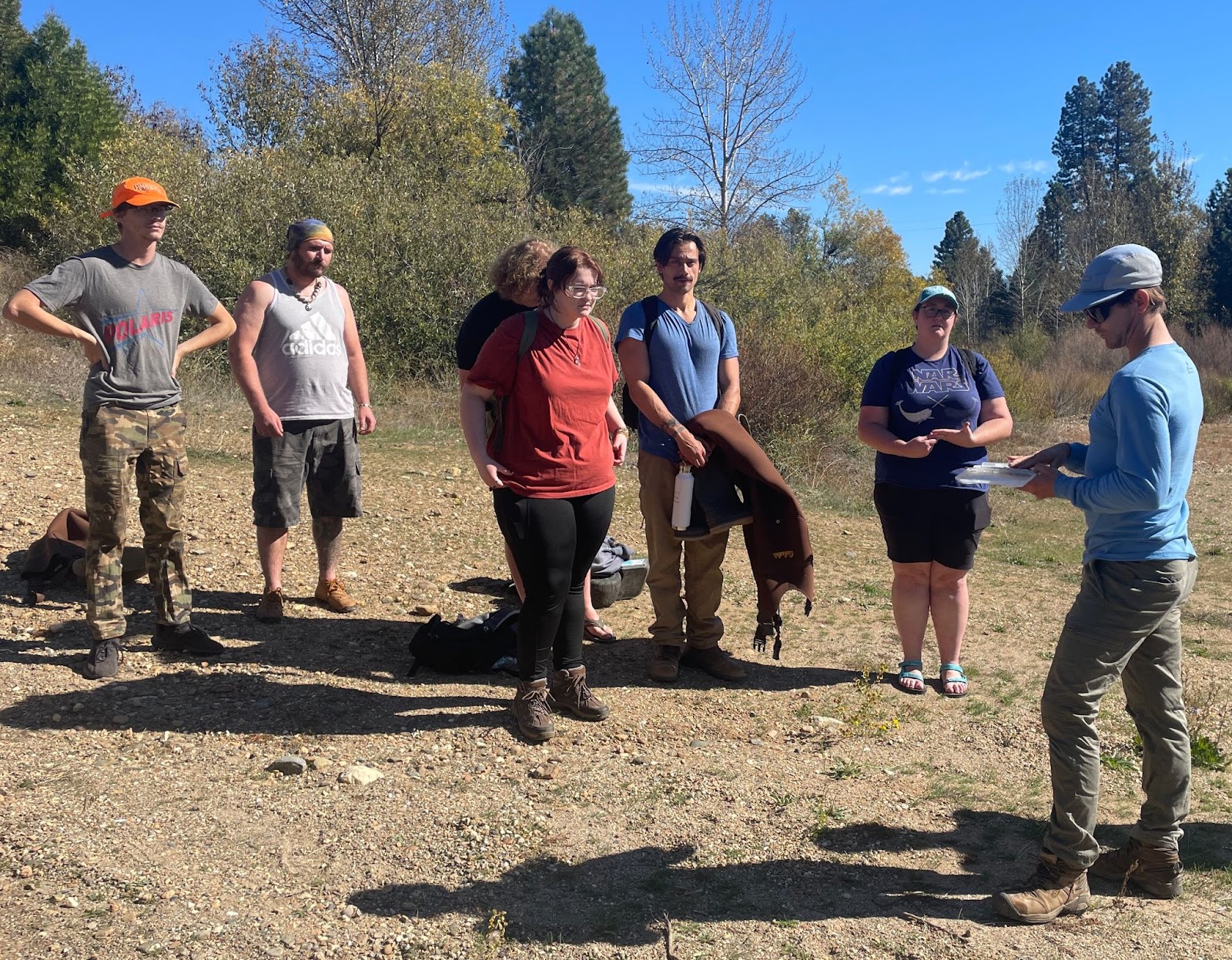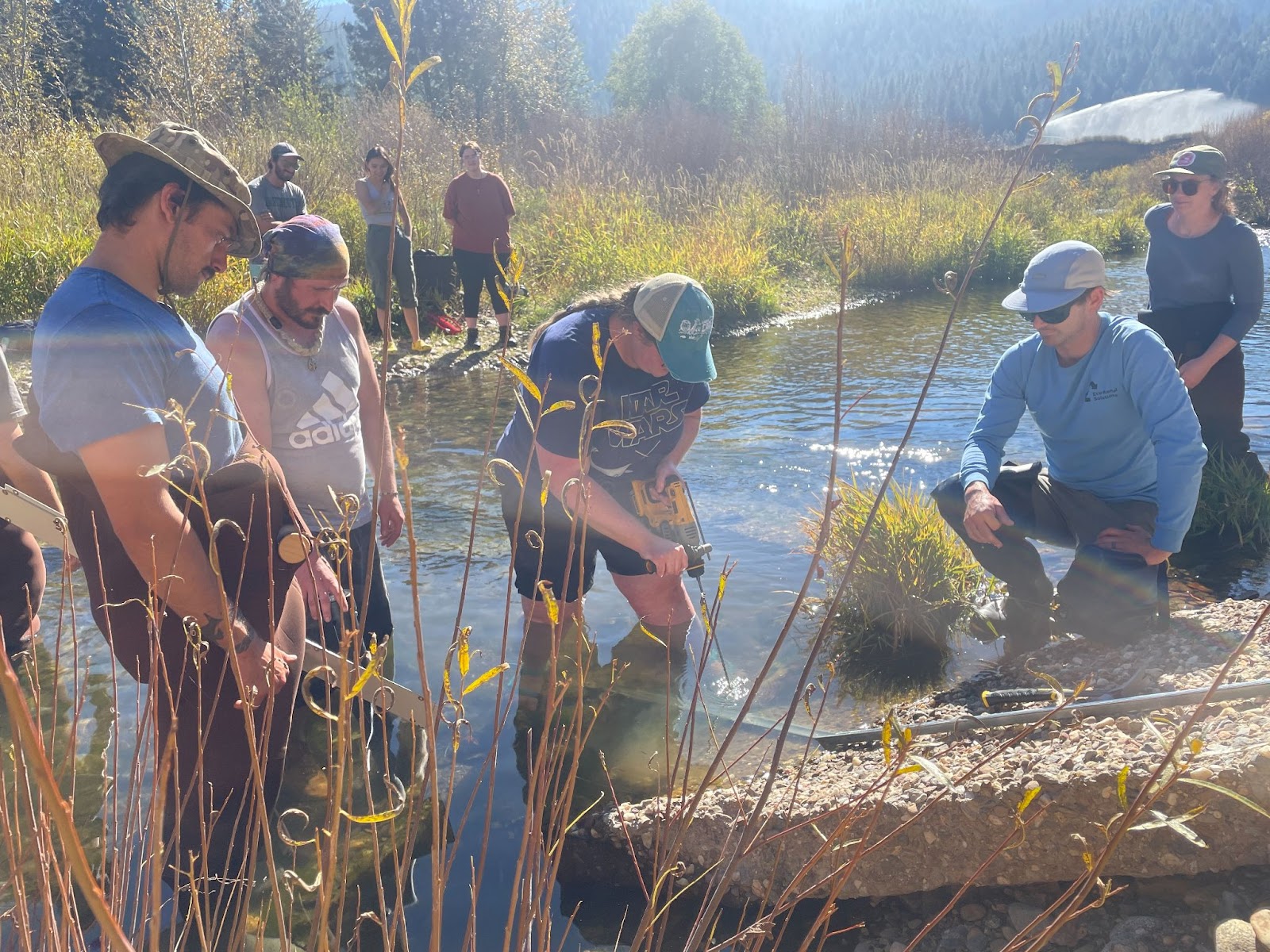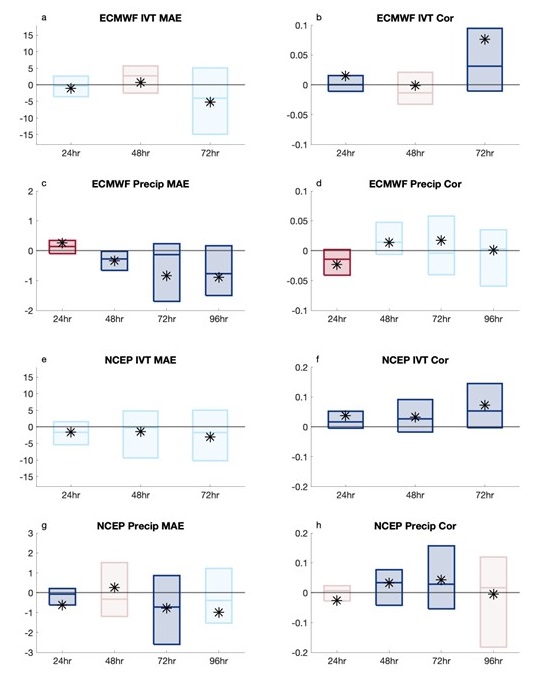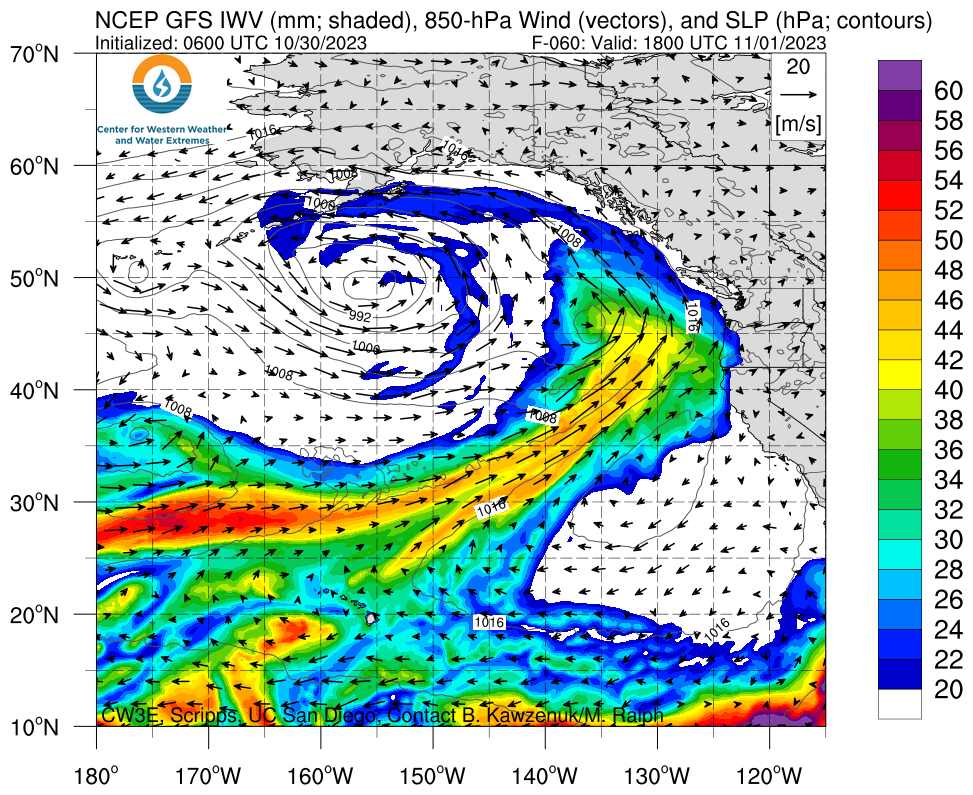CW3E’s Mike Dettinger reviews National Climate Assessment released November 14, 2023
November, 20 2023
On November 14, 2023, the Biden-Harris administration took several bold steps towards addressing the problems of human-caused climate change at national and international levels. First, it announced more than $6 billion in investments in climate action (the largest ever), with the aim of putting the US on a part towards cutting carbon emissions in half by 2023. Second, together with Chinese President Xi Jinping, Biden pledged to accelerate both nation’s efforts to address climate change and steps to reduce emissions of methane and other greenhouse gases besides CO2.
Thirdly, the administration released the Fifth National Climate Assessment on this momentous day. The Global Change Research Act of 1990 mandates that the US Global Change Research Program deliver a report to Congress and the President every 4 or 5 years that integrates, evaluates, interprets and discusses current scientific findings and uncertainties associated with global change; effects of global change on the Nation’s environment, agriculture, energy production and use, land and water resources, transportation, human health and welfare, social systems, and biological diversity; and current trends in global change, both human-induced and natural, projecting those trends for the next 25 to 100 years. The Fifth National Climate Assessment (NCA5) is the latest to fulfill that mandate. Much of NCA5 built upon the approaches, processes, and results of the Fourth National Climate Assessment (NCA4), and is the result of arduous assessments and contributions from nearly 500 authors from every State and territory, led by 14 federal agencies but including authors from many academic disciplines and all sectors. These National Climate Assessments provide scientific foundations to support informed climate-change decisions and actions across the United States, and thus are the official “word” and guidance on the topic at national level.
Such a large and comprehensive document on such an often-contentious topic requires close review and scrutiny before its release, which in this case included extensive public engagements and comments and a peer review conducted by the National Academies of Sciences, Engineering and Medicine which included extensive inputs from CW3E’s Dr. Michael Dettinger. In broadest terms, the NCA5 concludes that, even as US population and GDP have risen in the past decade, its greenhouse gas emissions have declined because the US is finally taking action. It also finds that Americans are experiencing increasing risks from extreme weather events including heavy precipitation, droughts, floods, wildfires, and heat waves, more in some settings than others. California was one such setting with atmospheric-river extremes, where CW3E has lead the science and projections of future changes. And this assessment focused more than previous ones of the fact that climate change exacerbates social inequities so that climate actions provide generally opportunities for a more resilient and just society. As chastening as such assessments are, NCA5 is an opportunity for at least some renewed optimism; we have the science, technologies and resources to address climate change, we just need the political will to do so.
Bar chart showing city- and state-level adaptation plans and actions and mitigation activities by state and territory. Notice that California is far and away the leader in adaptation activities at city and state levels, and far and away the leader in mitigation actions at the city level. Research and contributions from Scripps Institution of Oceanography, and more recently from CW3E, have helped to motivate many of these actions over the past couple of decades.

